Freezer burn = frost is a mistake? A thorough explanation of the mechanism and countermeasures!
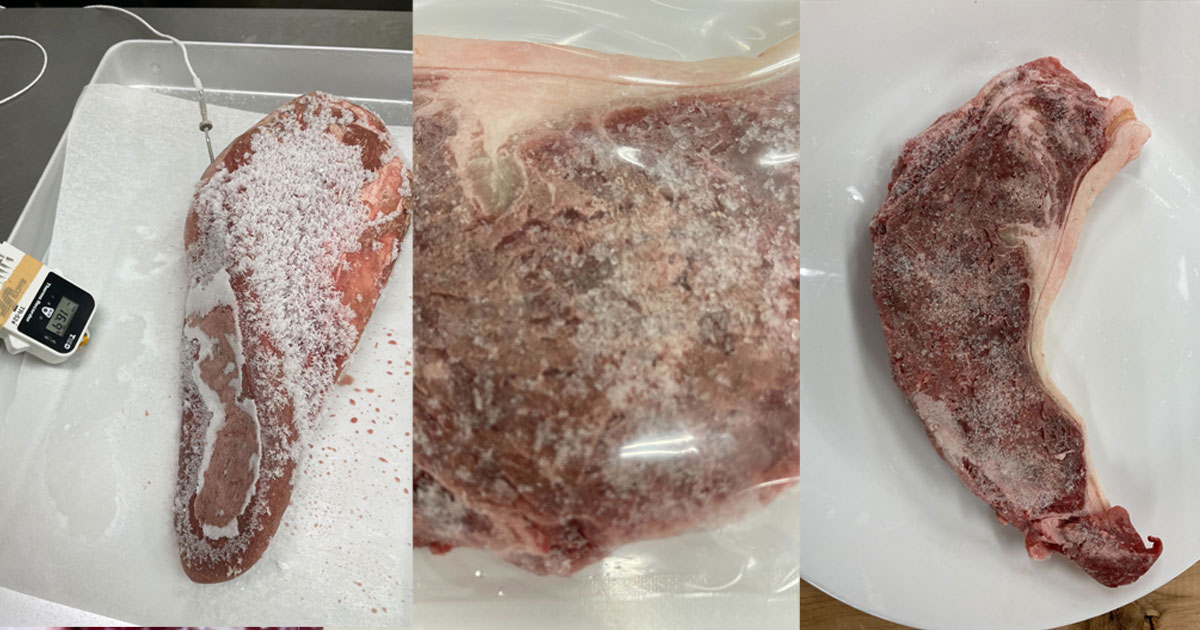
If you store food in the freezer, it will suddenly become covered in frost. There was discoloration, an unpleasant odor, and the flavor and texture had deteriorated.
I froze it using rapid freezing instead of a commercial freezer, so why? Have you ever experienced something like this?
A typical cause of quality deterioration that occurs in these freezers is "freezer burn."
Freezer burn is a phenomenon in which food quality deteriorates due to drying and oxidation in the freezer. Depending on the storage environment, freezer burn can occur even when frozen in rapid freezer.
Even if you install rapid freezer for planned production or sales of frozen products, it would be a waste if the quality deteriorated due to freezer burn during storage.
This time, we will explain the correct mechanism of freezer burn and how to keep food delicious without getting freezer burn.
目次
- 1What is freezer burn?
- 2 “Frost = freezer burn” is incorrect! Correct understanding of the principle behind frost formation
- 3 Temperature changes in the freezer occur during defrosting
- 4 Does it happen even if you rapid freezing?
- 5 Is there a way to restore food that has been freezer burnt?
- 6The key to maintaining deliciousness is vacuum and freezer environment
- 7 Conclusion
What is freezer burn?
"Freezer burn" is a phenomenon in which the quality of food deteriorates due to drying and oxidation.
This happens when the water in the food melts due to the rise in temperature inside the freezer, and that water evaporates (sublimation).
Spaces are created where there was originally water in the cells, and air enters these spaces, causing dryness and oxidation, resulting in quality deterioration.
When the temperature drops again, the sublimated water freezes and hard frost forms on the surface of the food.
In this way, repeated sublimation due to temperature changes inside the freezer causes the quality of the food to deteriorate, causing frost to form on the surface of the food, resulting in freezer burn.

“Frost = freezer burn” is incorrect! Correct understanding of the principle behind frost formation
Also, some people cut out only the "frost" part and think that it is freezer burn because there is frost, but this is a wrong interpretation depending on the situation.
For example, when food is frozen in Daybreak's Special flash freezer ``Artlock Freezer,'' a fine layer of frost may form when the food is removed from the freezer.
This frost is formed when the water on the surface of the food freezes, not from sublimation of the water inside the cells, and is not freezer burn.
In fact, due to the fast freezing speed, it can be said that the moisture is retained on the surface of the food without escaping into the air.
Also, when hot food is placed in the refrigerator, steam may circulate inside the refrigerator and adhere to the surface of the food, but this is also different from freezer burn.
If you look closely, these frosts look like snowflakes, are light like powder snow, and disappear quickly when brushed off.
On the other hand, frost from freezer burn sticks hard to the food and cannot be removed.
Even though it is the same type of frost, the principle behind how it occurs is completely different, whether it is due to a rise in temperature or whether it is caused by a drop in temperature during freezing.
Click here for information on Art Lock Freezer
Temperature changes in the freezer occur during defrosting
We explained that the cause of freezer burn is temperature changes inside the freezer, but why does the temperature change occur even when the food is placed in a commercial freezer?
This is because most commercial freezers use a defrost operation.
Defrosting is an operation in which the cooling fan temporarily stops and the heater raises the temperature to remove frost, and typically takes about 30 minutes each time several times a day.
Defrosting raises the temperature by 5 to 10 degrees Celsius, so the temperature inside the freezer may rise to nearly 0 degrees Celsius.
The number and duration of defrosting differs depending on the freezer, and is difficult to manage because it is affected by various external factors such as the number of times the door is opened and closed and the outside temperature.
It cannot be denied that the temperature changes caused by defrosting can be damaging to frozen foods, but since this function is necessary for the normal operation of the freezer, it is appropriate to store them with defrost in mind.
If no measures are taken and freezer burn caused by temperature changes due to defrosting is left untreated, quality deterioration will continue.
Of course, not only defrosting, but also working with the freezer door open or putting a lot of food into the freezer at once will cause the temperature inside the freezer to rise, leading to freezer burn.
Does it happen even if rapid freezing?
As explained above, freezer burn is a phenomenon that occurs due to temperature changes during storage.
Therefore, even if you freeze your food in an excellent freezer such as rapid freezer or Special flash freezer, if you store it in the wrong environment, freezer burn will still occur.
rapid freezer is a freezing technology that minimizes cell destruction, retains flavor components, and reproduces the quality before freezing.
Although it has recently been attracting attention for its ability to preserve the original taste of food, rapid freezer are just machines that freeze food.
If you freeze food in rapid freezer and then store it in a freezer with a defrost function without taking any precautions, the temperature change may cause freezer burn.
Creating an appropriate storage environment is a necessary step even when using rapid freezer.
Is there a way to restore food that has been freezer burnt?
Unfortunately, there is no way to restore food that has suffered freezer burn.
Should I refreeze it in rapid freezer? However, it is difficult for any food ingredient to regain its original flavor and texture once it has been oxidized.
This may be a little confusing if the ingredients are cooked and used, but the quality will deteriorate compared to the best condition of the ingredients, and if the ingredients are eaten by simply thawing, the deterioration will be even more noticeable.
Also, this does not mean that it will not occur unless it is stored for a long time.
As I mentioned earlier, the defrost operation of a typical commercial freezer is performed several times a day, so freezer burn may occur even if the product is stored for several days.
In this way, frozen foods are sensitive to temperature changes and are delicate, so it is necessary to always pay attention to the storage environment from the time they are frozen.
The key to maintaining deliciousness is the vacuum and freezer environment.
So how can you prevent freezer burn? The point is
① Prepare the environment inside the commercial freezer for storage.
② Make sure to vacuum thoroughly.
There are two.
Regarding ①, the impact can be suppressed by preparing a low-temperature (-30 to 40 degrees Celsius) freezer stocker without a defrost for storage, or by taking measures to prevent temperature changes as much as possible even in a commercial freezer with a defrost. . For example, to prevent even the slightest amount of cold air from escaping, wrap it in a bag after vacuuming it. However, the method varies depending on the environment and ingredients, so research is required. Also, try to be conscious of reducing opening and closing as much as possible.
As for ②, if you apply a vacuum after freezing, even if the food slightly melts due to temperature changes, it will not be exposed to air and will prevent oxidation. In Daybreak's research, there have been cases in which, by applying a proper vacuum, it was possible to maintain extremely low levels of freezer burn even when stored in a commercial freezer with a defrost function. In that experiment, after being frozen in an Artlock freezer, the food was stored in a regular commercial freezer for several weeks, and the result was that there was almost no discoloration and no frost. In this way, if you create a vacuum and create an environment with as little temperature change as possible, quality deterioration due to freezer burn will be greatly reduced.
Conclusion
How was it? When you understand the principle of freezer burn, you will understand how important the storage environment is.
In order to deliver delicious frozen foods to consumers, it is not only necessary to incorporate rapid freezer, but also to create a suitable storage environment.
I would like you to understand the mechanism of freezer burn and the risk of freezer burn even with rapid freezing or flash freezing, and be aware of ways to preserve the original taste of stored food for a long time.
In addition to providing Special flash freezer "Artlock Freezer," Daybreak also provides guidance on the storage environment described in this article, as well as guidance on the optimal methods for a series of processes, from ingredient selection to processing, cooking, freezing, storage, and thawing. We conduct research and development together with our customers.
We will solve each problem based on years of food research data and lead to the development of ideal frozen products, so if you have any trouble with freezing, please feel free to contact us.








![[Storage period increased by 30 times! ] Achieving a stable supply of raw whitebait!](https://shunkashutou.com/wp-content/uploads/2016/11/579c55e6d32e1385c250e8e7c3ed59a71.jpg)
![[Sales increased 100 times! ] rapid freezing the signature menu “Ni-katsu sandwich”!](https://shunkashutou.com/wp-content/uploads/2016/11/IMG_02391.jpg)
![[Horse sashimi] We have significantly reduced waste loss with rapid freezer!](https://shunkashutou.com/wp-content/uploads/2016/11/5fda59d0cbcdabde18e58c3c58c09ed0.jpg)




![[Storage period increased from 3 days to half a year! ] Restaurants are expanding their business using wholesale and mail order!](https://shunkashutou.com/wp-content/uploads/2018/04/66c19942ab4ba346fdb64ccc04cde373.png)
![[Reduce loss from 200 kg of oysters to zero] Improve loss and expand business with rapid freezer](https://shunkashutou.com/wp-content/uploads/2018/06/19785ca583a8d3c4041c7c192d041b0d.jpg)















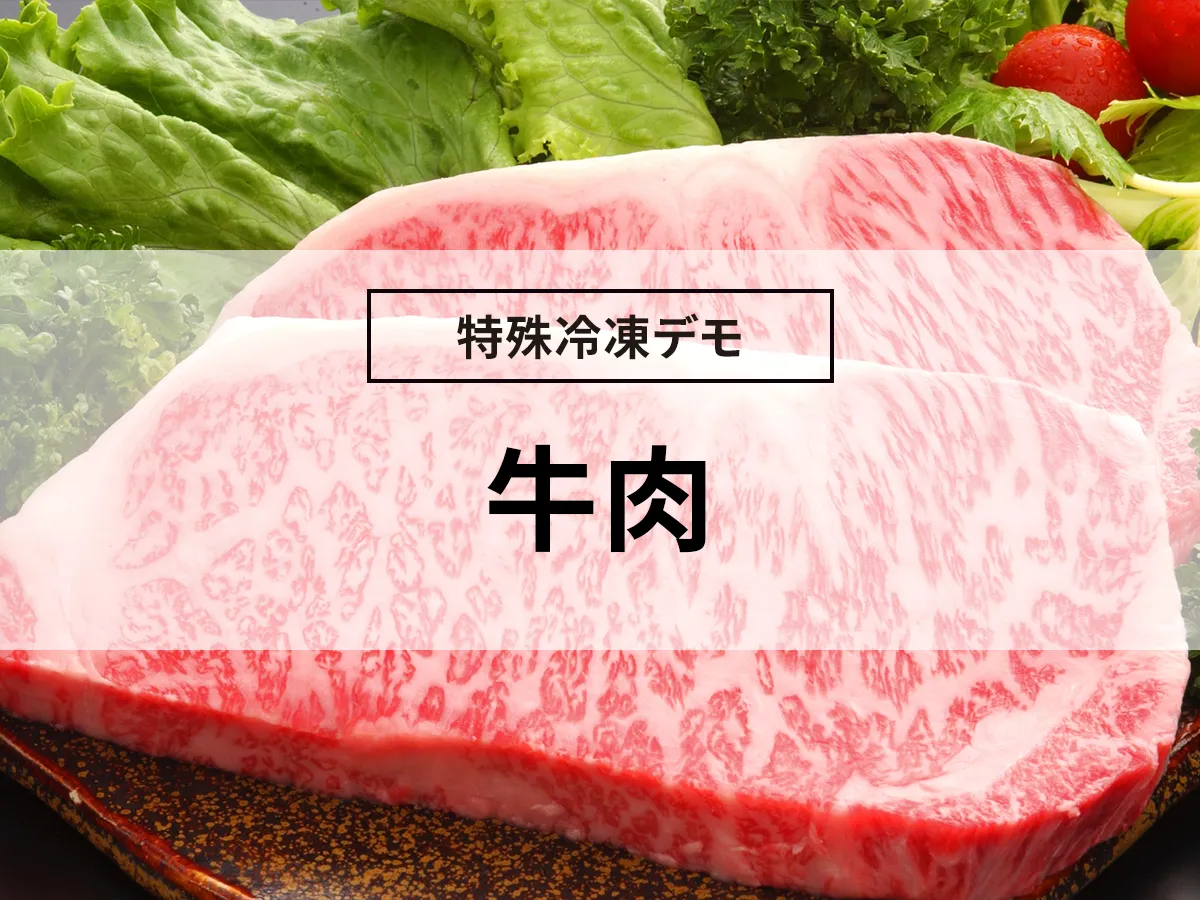
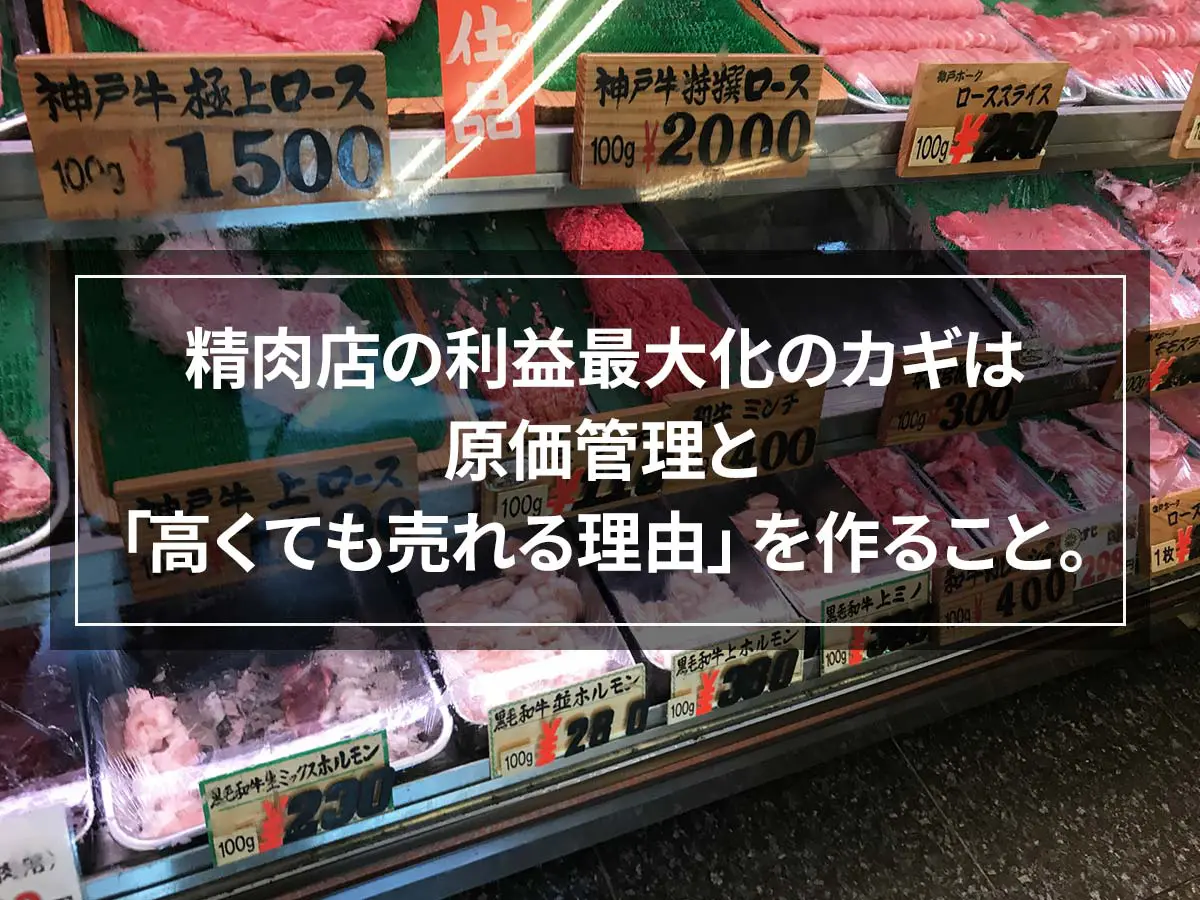

![[Thorough guide to preserving meat] Preservation methods, expiration dates, thawing methods, rapid freezing](https://shunkashutou.com/wp-content/uploads/2023/09/ec61889773cfed9c75aa97d9ca6c96dd-1.jpg)
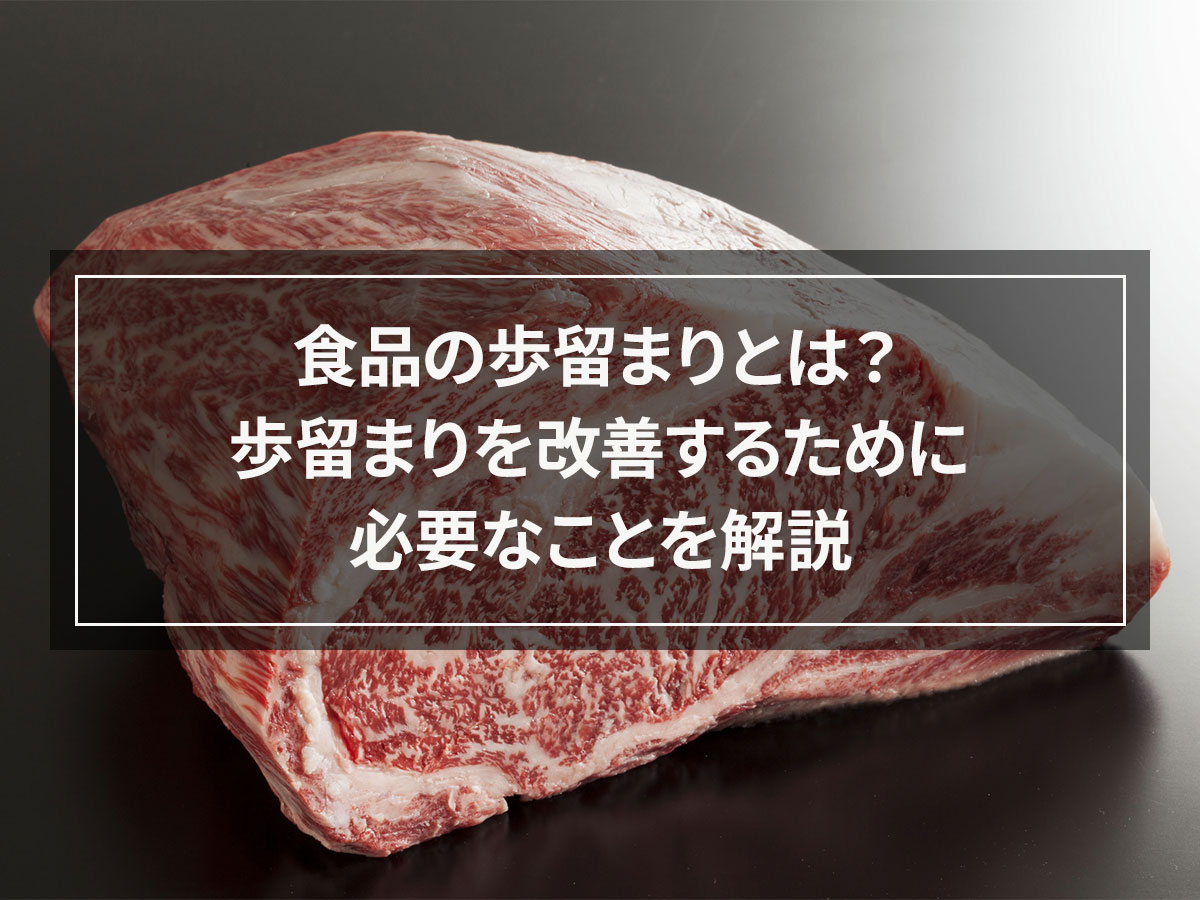
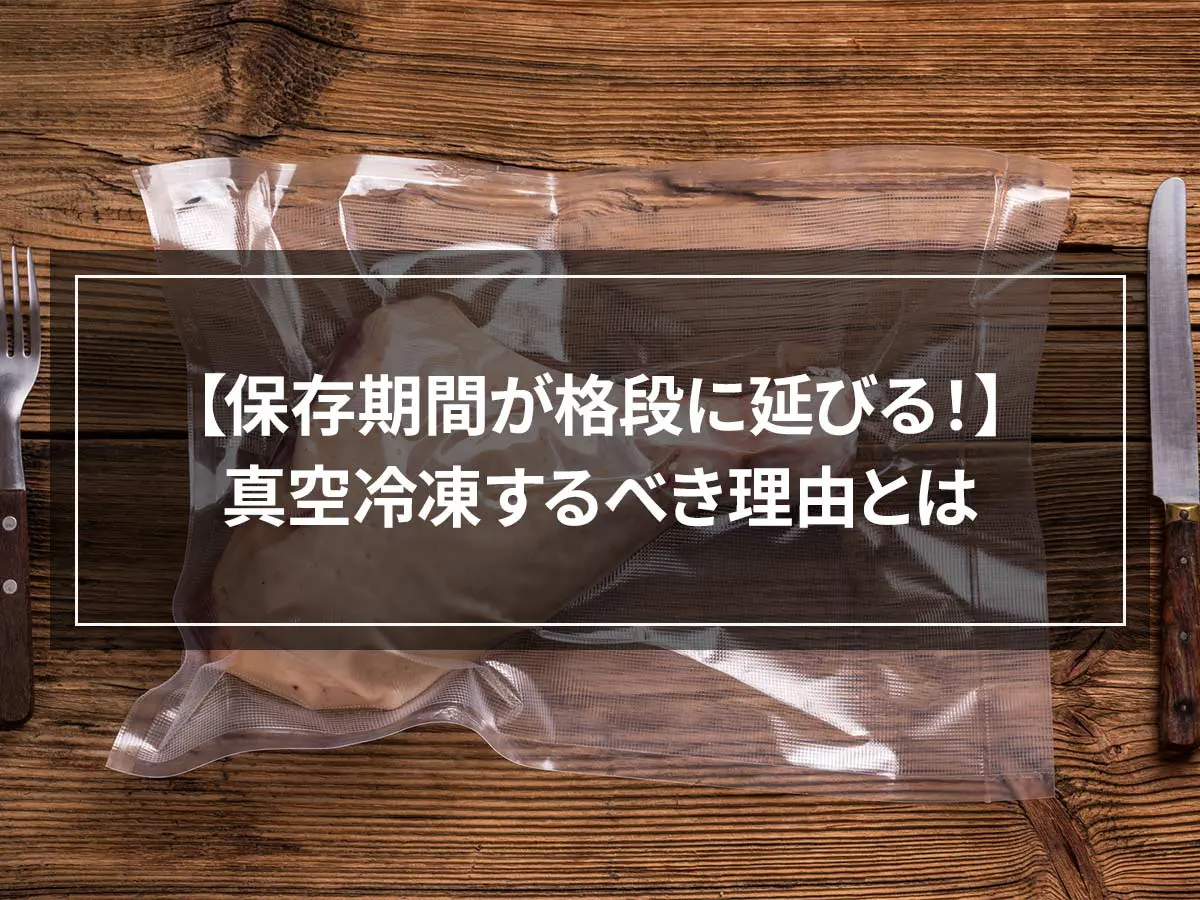
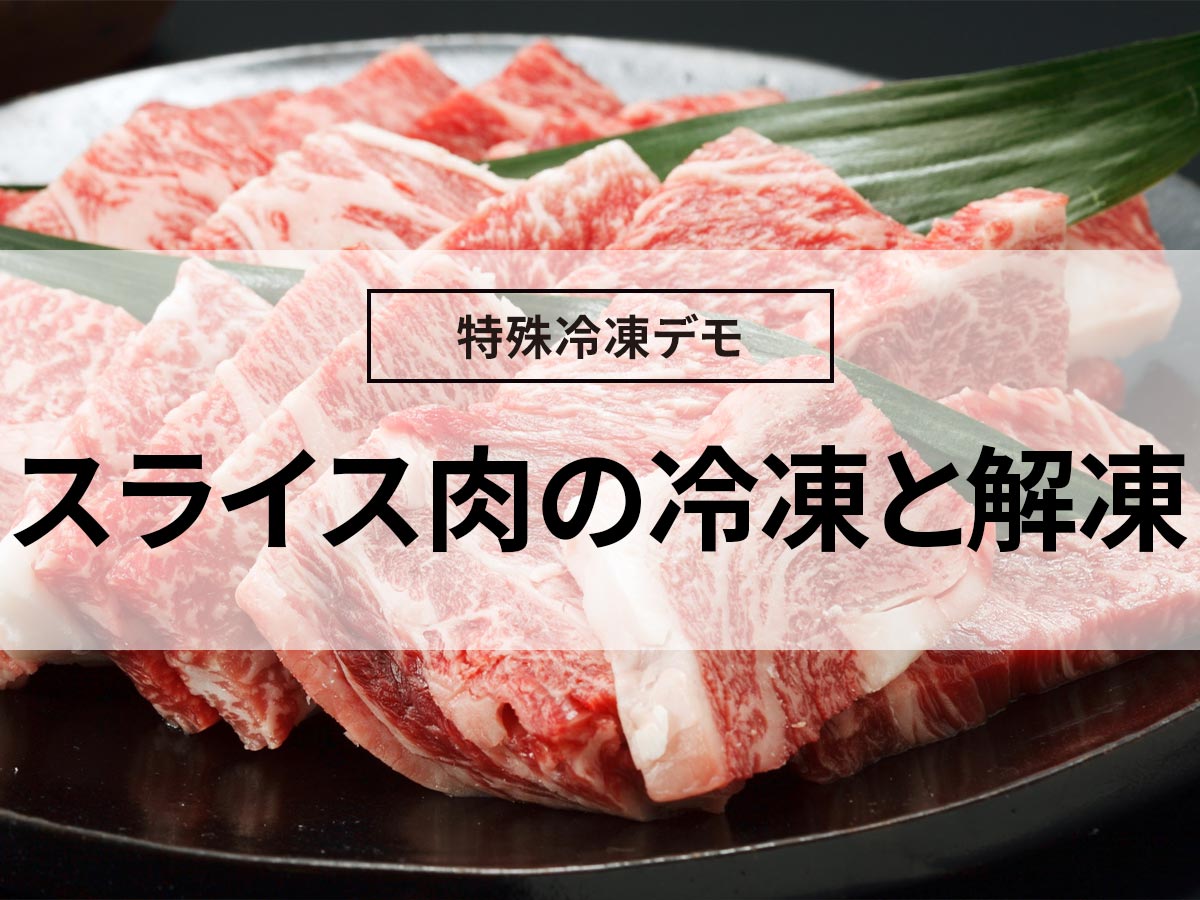
![[Explanation with photos! ] How to freeze beef, storage period, and 5 recipes!](https://shunkashutou.com/wp-content/uploads/2023/07/8717f2a867f52157bab47841b0f29019.jpg)
![[Introducing tricks and time-saving techniques! ] How to freeze ginger-yaki, carefully selected recipes](https://shunkashutou.com/wp-content/uploads/2023/10/ef145c31655c5774469e05b5e892207b.jpg)
![[Explanation with photos! ] How to freeze pork, expiration date, and 5 recipes!](https://shunkashutou.com/wp-content/uploads/2023/10/8688cd28f298c3180c30169cec815293.jpg)

![How to freeze chicken, storage period, and 5 recipes! [Explanation with photos! ]](https://shunkashutou.com/wp-content/uploads/2023/08/01f6582931e13522ee0d1ee900be2d1d.jpg)
![[Guide to handling frozen chicken for commercial use] How to thaw and how long it can be used after that](https://shunkashutou.com/wp-content/uploads/2018/04/36a79f65c113cc4318afbc48fa6229b7.webp)
![[Includes recommendations by industry] Summary of types and benefits of small rapid freezer](https://shunkashutou.com/wp-content/uploads/2020/12/smallsize.jpg)
![[Can it be frozen? ] Introducing how to freeze ham and delicious recipes!](https://shunkashutou.com/wp-content/uploads/2023/09/867d7b924bf17d95bedba60a6503e00e.jpg)
![[Can it be frozen? ] How to freeze bacon, storage period, and 5 recipes!](https://shunkashutou.com/wp-content/uploads/2023/07/52dff5bc109cd400879fbf9bb35b3856.jpg)
![[Various recipes] 3 tips for using frozen minced meat deliciously](https://shunkashutou.com/wp-content/uploads/2023/08/e9b2fc255393916ab79ea8b7fa0807d3.jpg)

![[How long does frozen fish and meat last? ] Interesting expiration dates and tips to extend the shelf life](https://shunkashutou.com/wp-content/uploads/2023/08/f124221382987fe32d0ffda6b6f497c1.jpg)
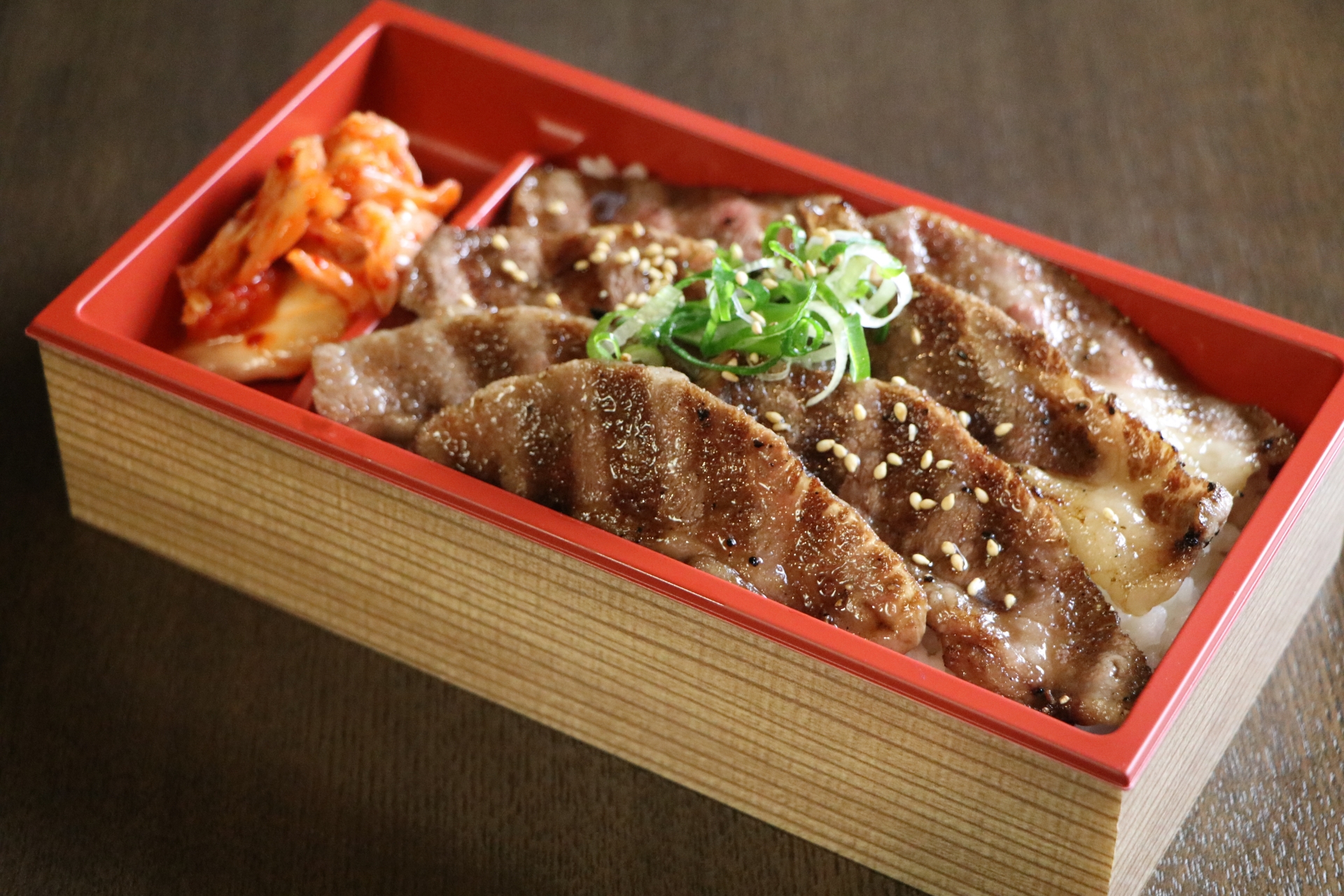
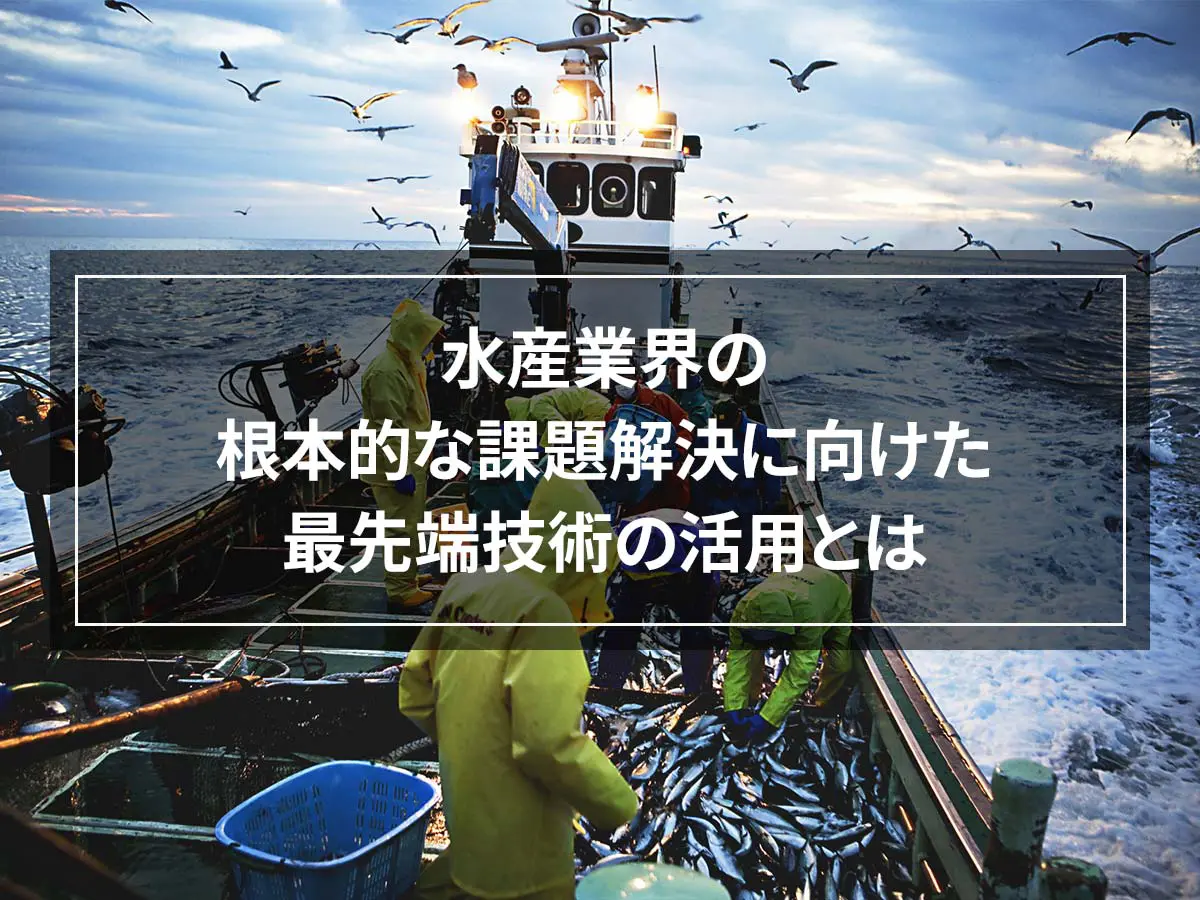
![Introducing the method and recipe for freezing eringi mushrooms [Explanation with photos! ]](https://shunkashutou.com/wp-content/uploads/2023/08/a360f0e10b69512c896510215ae51a7f.jpg)
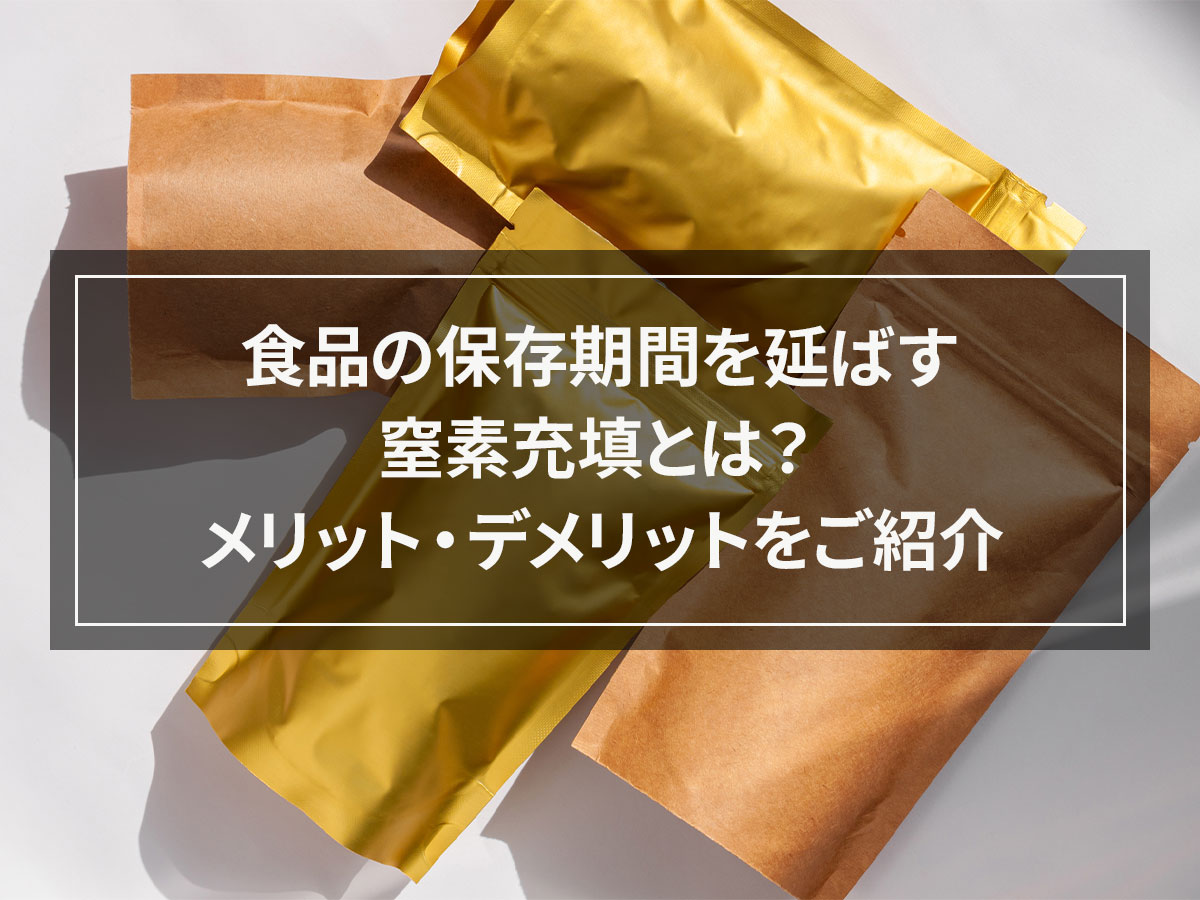
![[Achieving instant freezing at home] The evolving freezing function of home refrigerators](https://shunkashutou.com/wp-content/uploads/2015/10/93e403bcf18bda6b2d63c7c74fdef064.jpg)
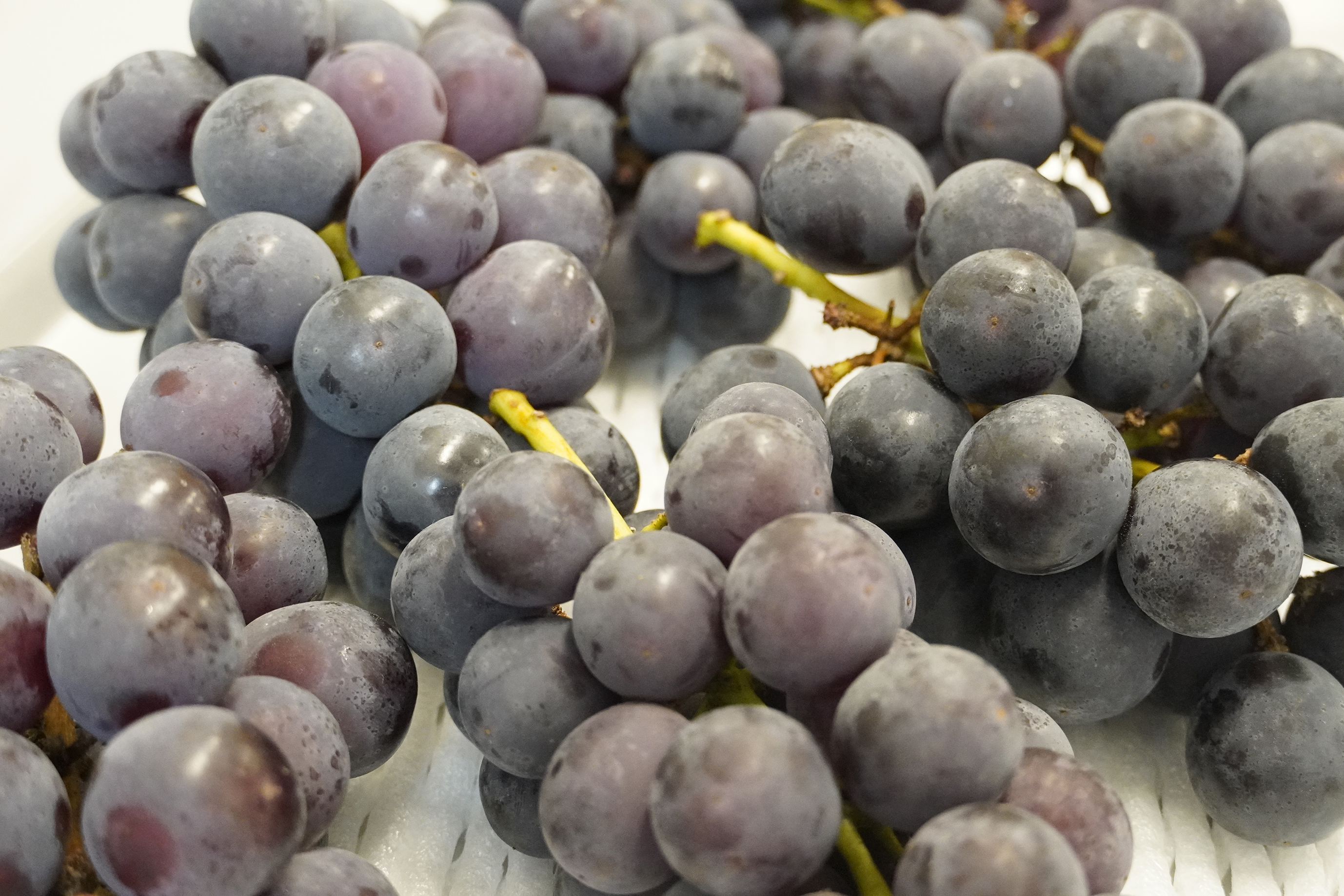
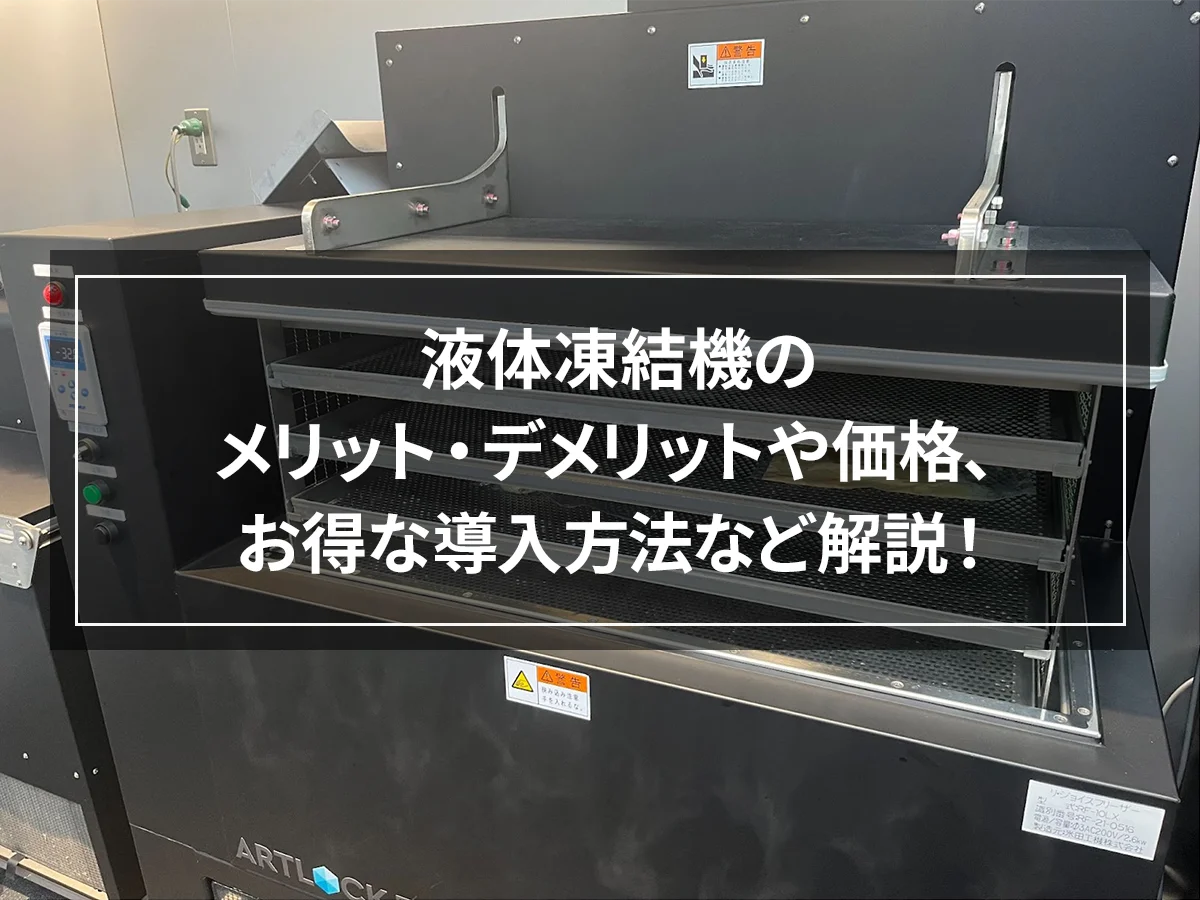


![[Explanation of how to bake! ] How to freeze gyoza, storage period, and arranged recipes](https://shunkashutou.com/wp-content/uploads/2023/09/c3dca78e4f555cfbcfe88d6e13b19bba.jpg)
![[Can it be frozen? ] 5 recipes for yogurt freezing and shelf life!](https://shunkashutou.com/wp-content/uploads/2023/10/yogurt-catch-768x512-1.jpg)
![Introducing recipes and methods for freezing spinach [Explanation with photos! ]](https://shunkashutou.com/wp-content/uploads/2023/10/spinachh-768x512-1.jpg)
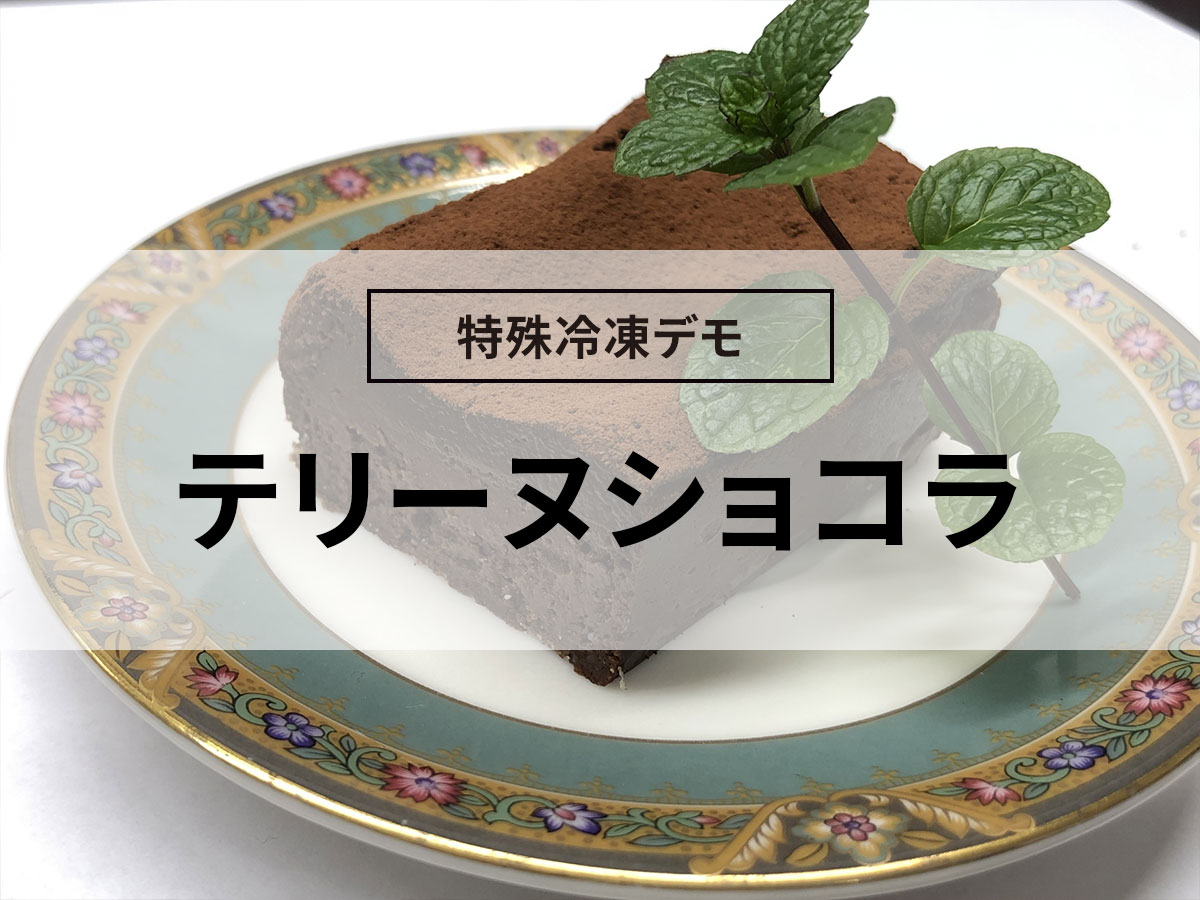
![How to freeze bitter gourd and 5 recipes! [Explanation with photos! ]](https://shunkashutou.com/wp-content/uploads/2023/09/8fe0cb793c93d4fd4c26f352d17e5b87.jpg)

![[Secret Technique] Introducing the freezing preservation and remake recipe of Kinpira Burdock!](https://shunkashutou.com/wp-content/uploads/2023/09/4c4b704274331befeed83cc4493acb75-1.jpg)
![[Delicious frozen squid recipe! ] Tips on how to eat squid deliciously and without waste](https://shunkashutou.com/wp-content/uploads/2023/10/f3bc339b6bcaff01bd8e2aaa4257acfe.jpg)
![[Should be frozen! ? ] How to freeze and thaw bread, 5 carefully selected recipes!](https://shunkashutou.com/wp-content/uploads/2023/10/4691acc32cab80284fa0cddf72d58e95.jpg)
![[Includes grilling instructions] How to freeze hamburger steak, storage period, and carefully selected recipes!](https://shunkashutou.com/wp-content/uploads/2023/09/eb3a531f7fd023f973240f698c092b64.jpg)
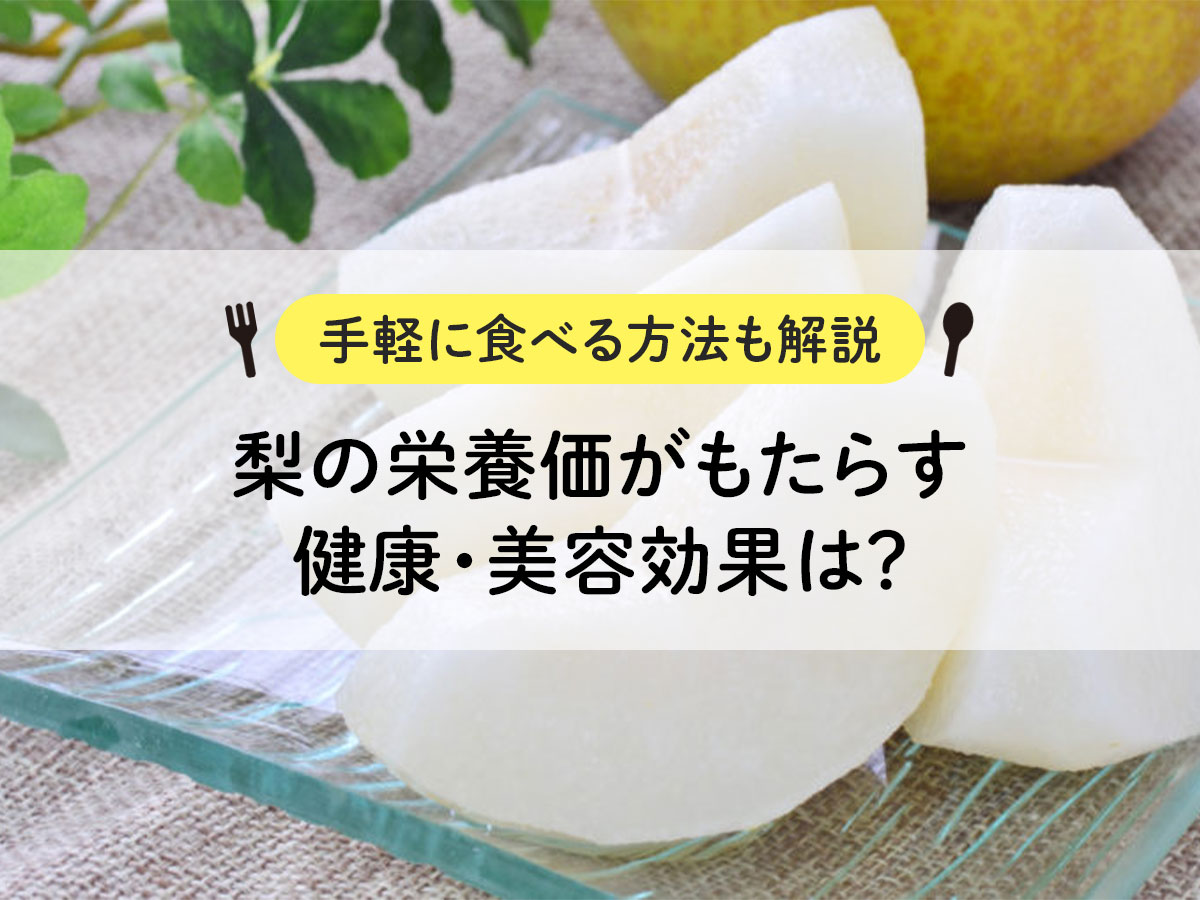
![[Explanation of how to fry! ] Introducing how to freeze spring rolls and 5 carefully selected recipes!](https://shunkashutou.com/wp-content/uploads/2023/09/8964429f347a4ffd32dca5809cd02100.jpg)
![Introducing the method and recipe for freezing Chinese cabbage [Explanation with photos]](https://shunkashutou.com/wp-content/uploads/2023/09/9d8d568b15f5db95f8aafa32d3796045.jpg)
![[Can it be frozen? ] How to freeze dried daikon radish and arrange recipes!](https://shunkashutou.com/wp-content/uploads/2023/09/84f89f802d6869949972432e7b3be19c.jpg)

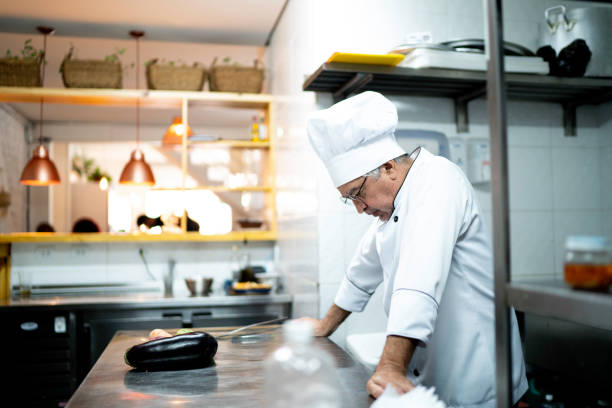
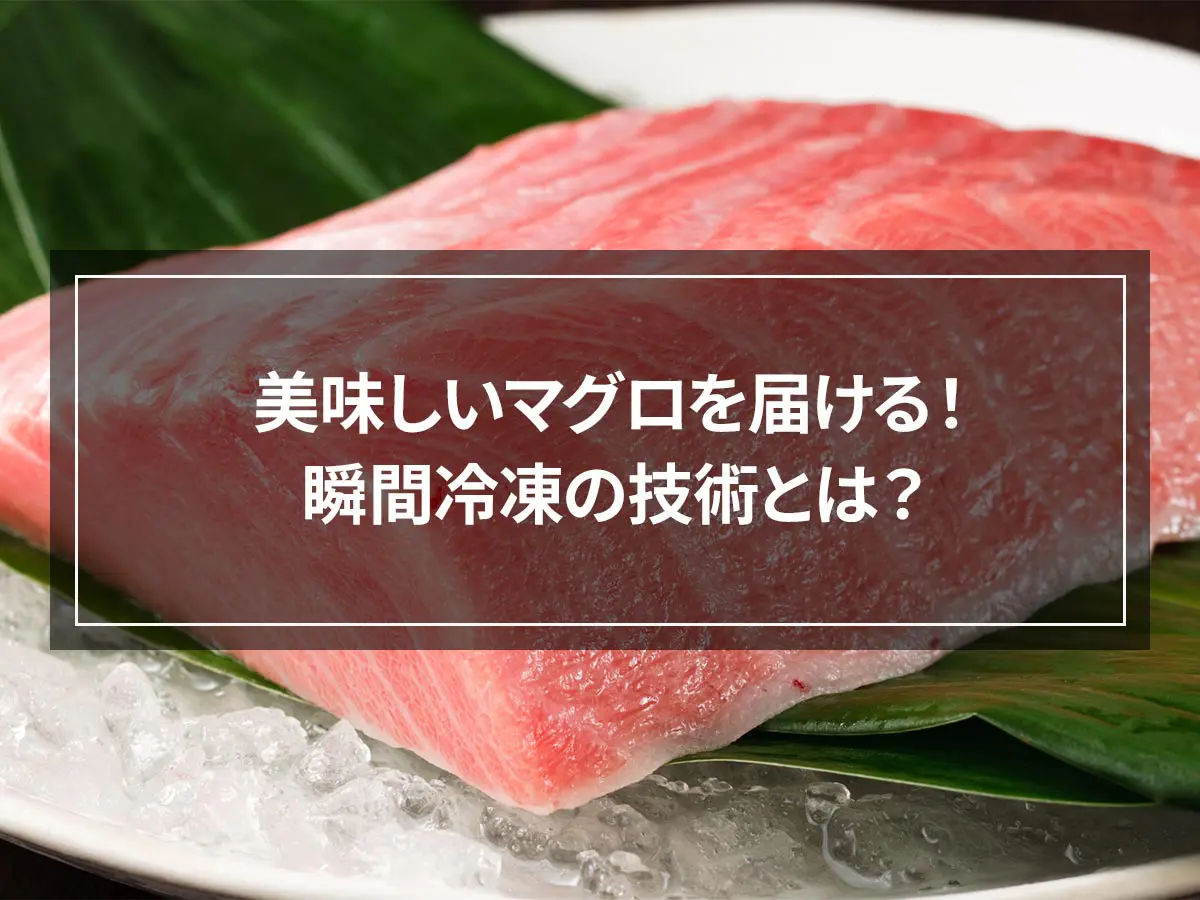
![[Safely distribute delicious fish! ] Kill Anisakis with rapid freezing technology!](https://shunkashutou.com/wp-content/uploads/2024/10/99093c5fe8b0d716c39df907616e4a96.webp)
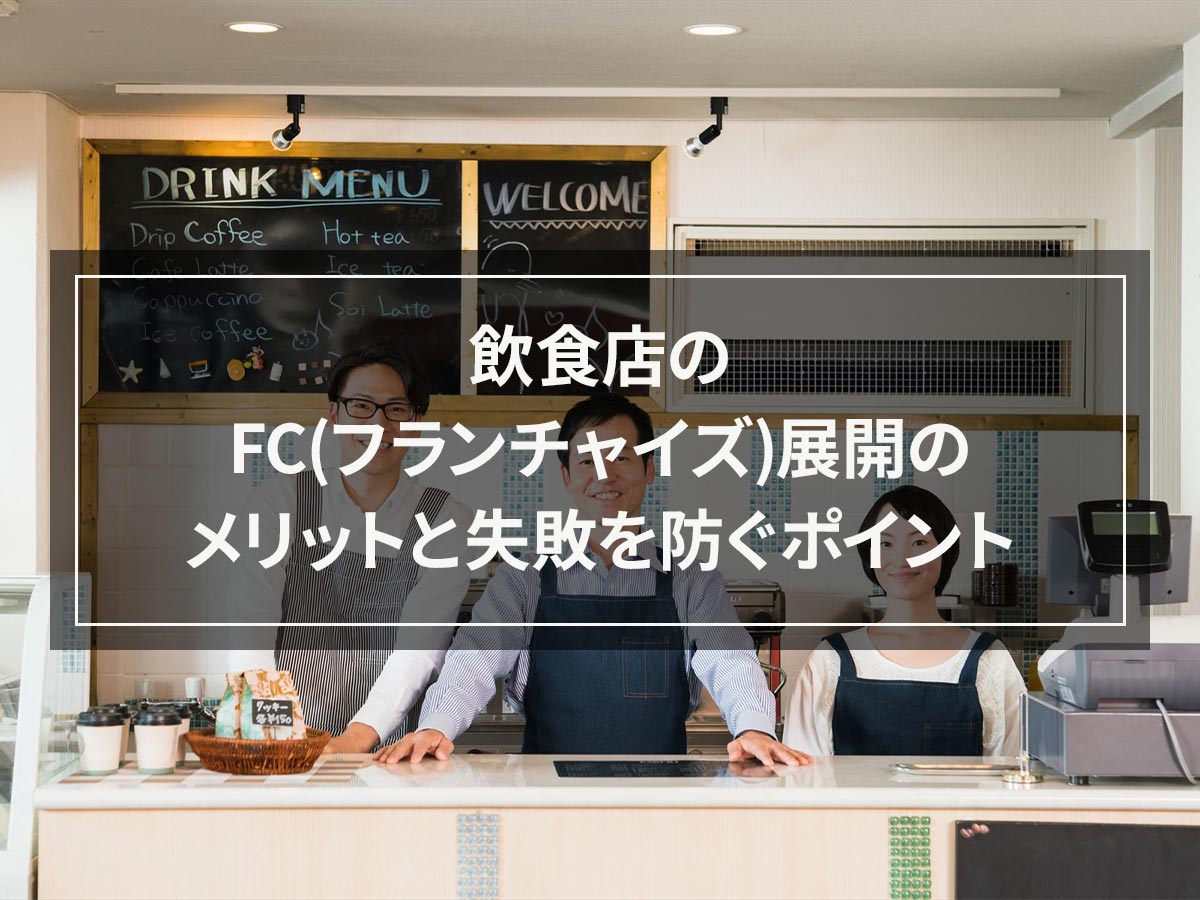
![[Commercial rapid freezer] Explaining the features, size, and price of Panasonic rapid freezing](https://shunkashutou.com/wp-content/uploads/2021/01/panasonic.jpg)
![[Must-see for beginners] What's so great about rapid freezers? Easy-to-understand explanation of the mechanism and benefits!](https://shunkashutou.com/wp-content/uploads/2020/12/9abf7961bd75c2a2af6fb61767b4fdb1-1.webp)
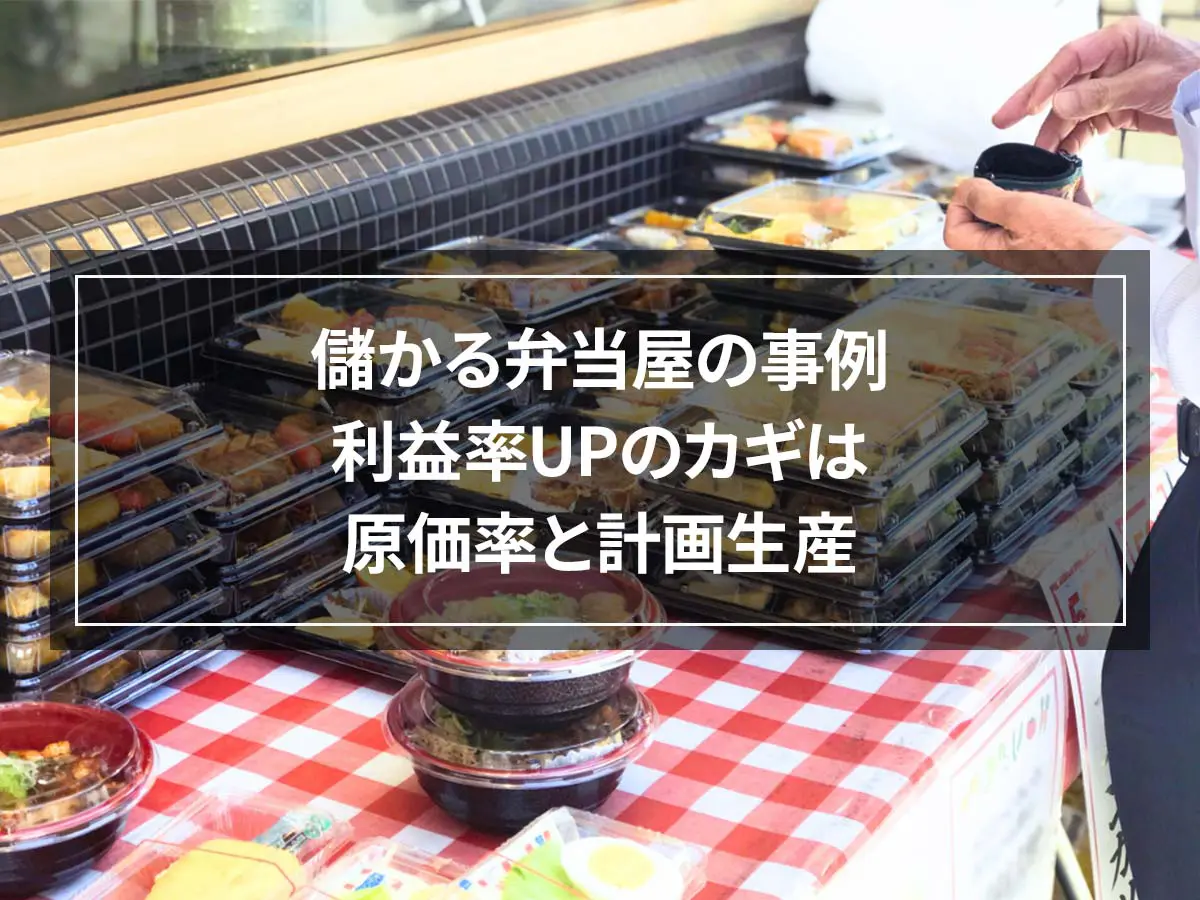
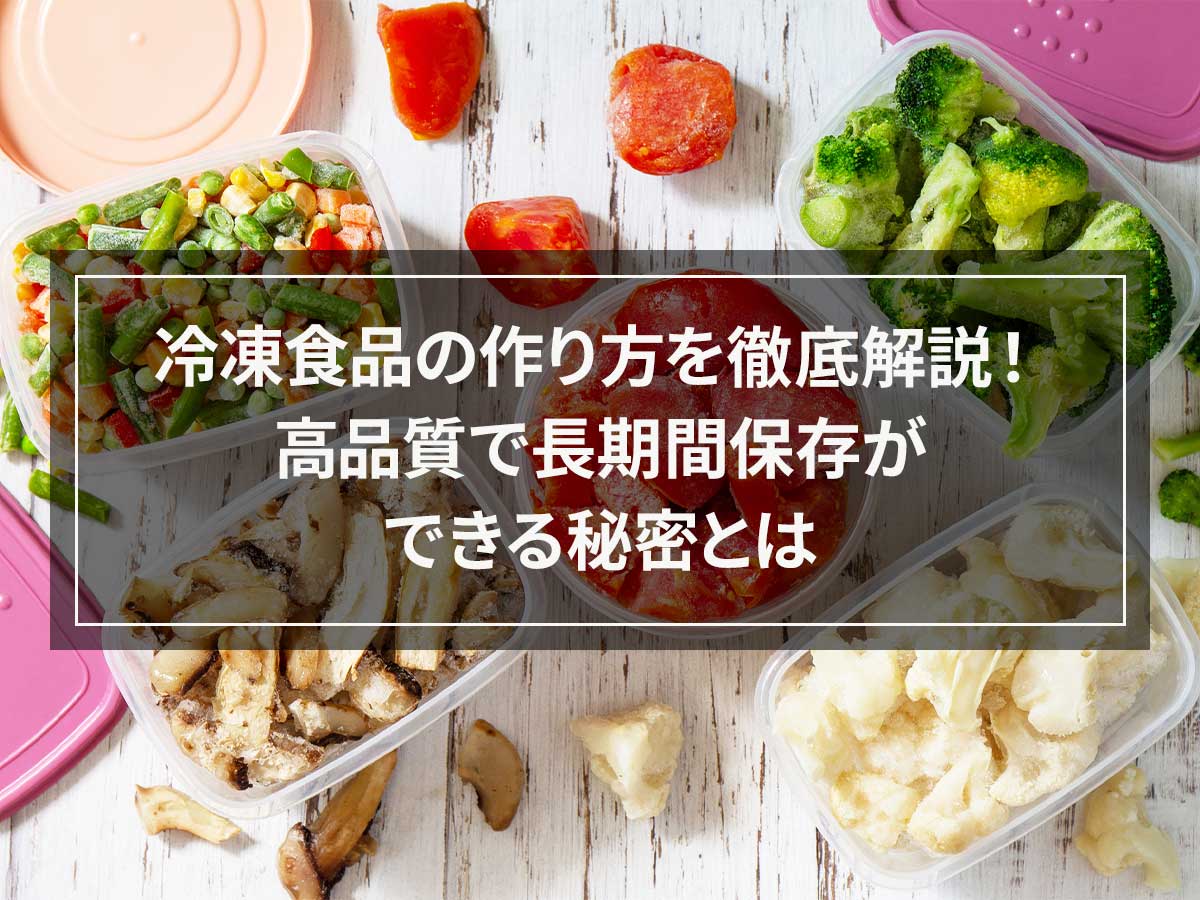


![Introducing how to freeze/thaw salmon roe and how long to store it [includes carefully selected recipes]](https://shunkashutou.com/wp-content/uploads/2023/09/236b884b68d07d2f5983f2b9ea66583d.jpg)
![[Commercial use] Thoroughly investigate the cause of frost forming in the freezer! How to prevent frost formation?](https://shunkashutou.com/wp-content/uploads/2024/08/09c17e4deeb1ac0cdc5a513eaf89ab1a.webp)
![Shock freezer prices and reasons why we can't recommend used ones [What's the difference from a blast chiller? ]](https://shunkashutou.com/wp-content/uploads/2019/09/f76c6907f41d0b092e20d0924e5f27c9.webp)

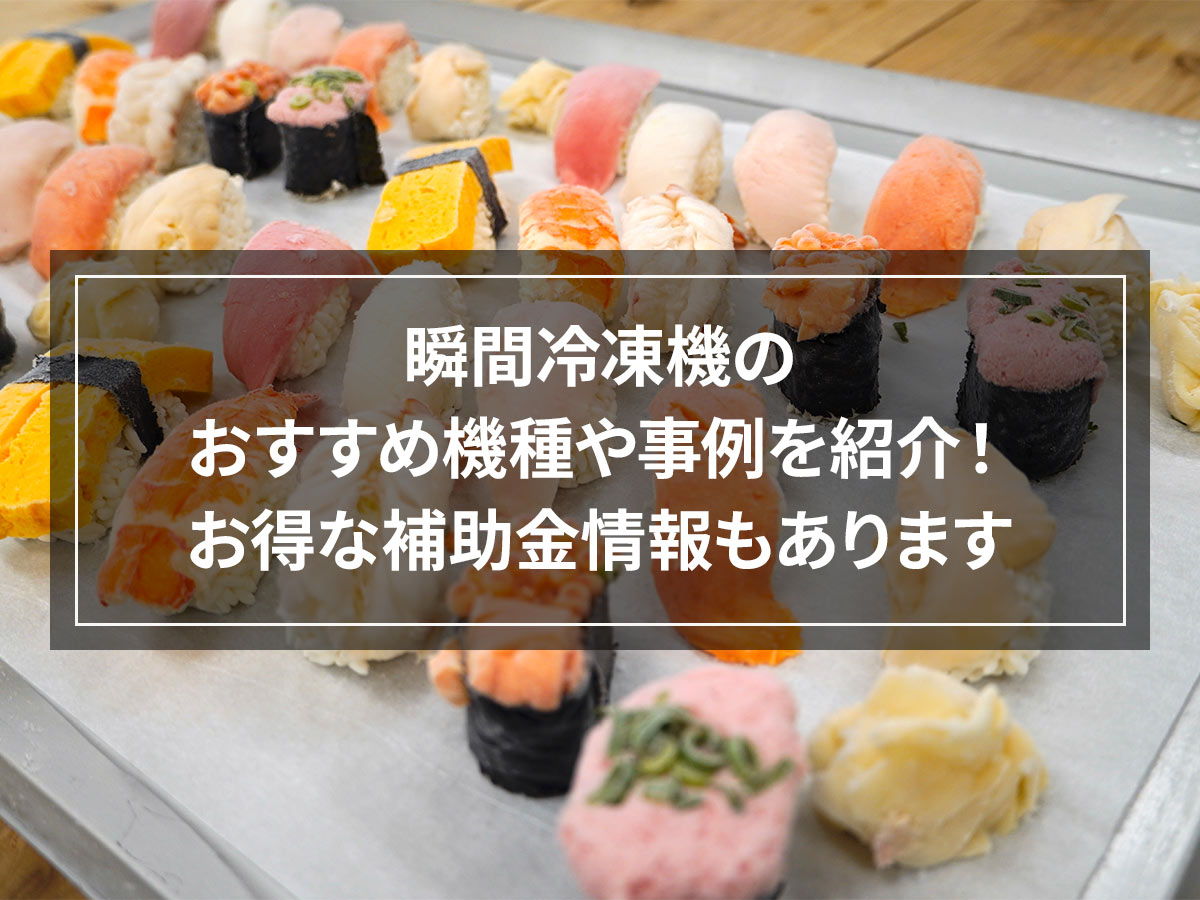
![[Thorough Guide to Preserving Sweets] Introducing the freezing method, storage period, and thawing method in detail!](https://shunkashutou.com/wp-content/uploads/2023/10/bffcbc0b6e79bb1af6e05b930e11e949.jpg)
![[Can it be frozen? ] How to freeze konjac and diet recipes](https://shunkashutou.com/wp-content/uploads/2023/09/ec03b3e5cdefedf8f295de7ebb781752.jpg)
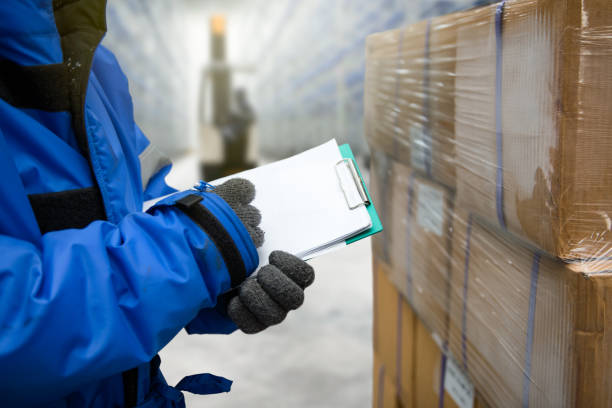
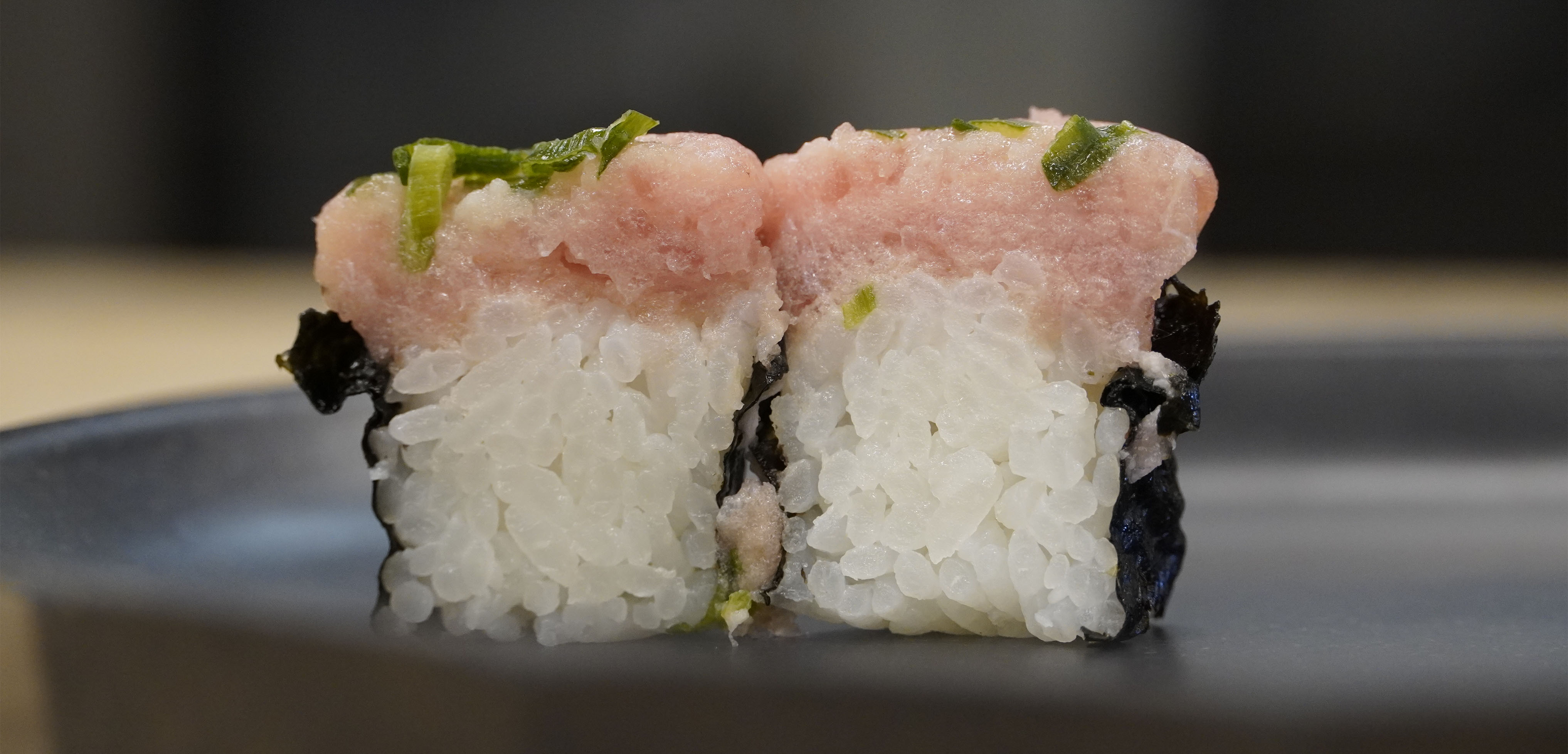
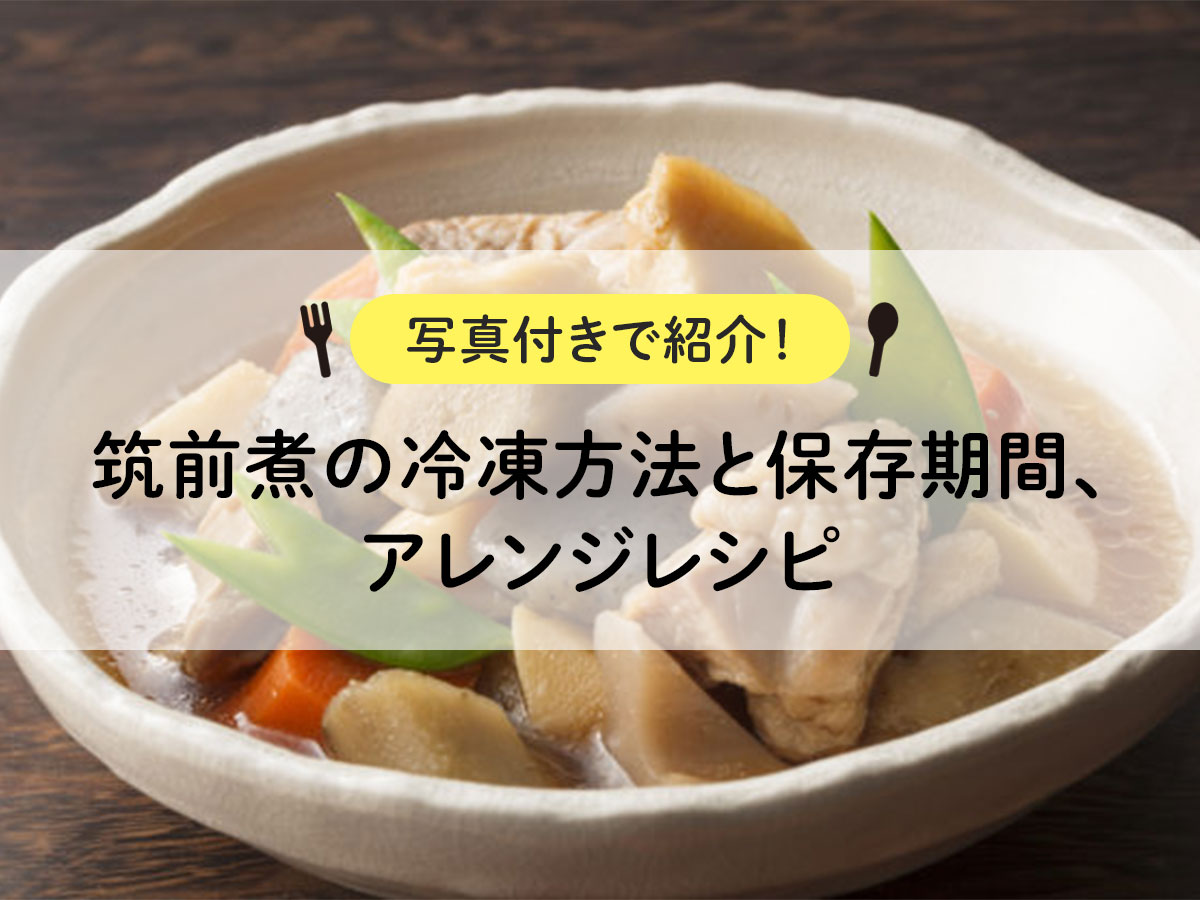
![How to freeze and thaw chestnuts, storage period, and 5 recipes! [Explanation with photos]](https://shunkashutou.com/wp-content/uploads/2023/09/c590a9e6fb16ed45fe2fdd32813de03b.jpg)
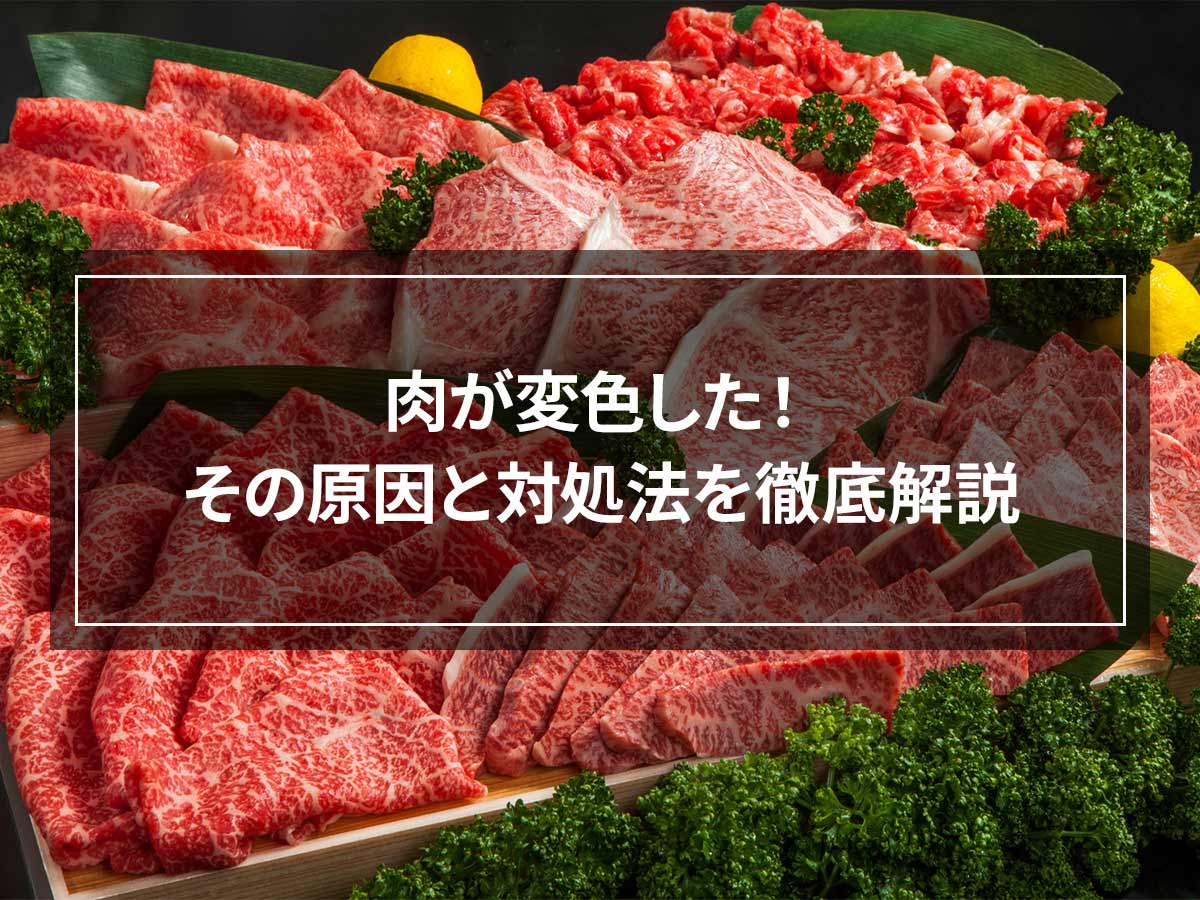
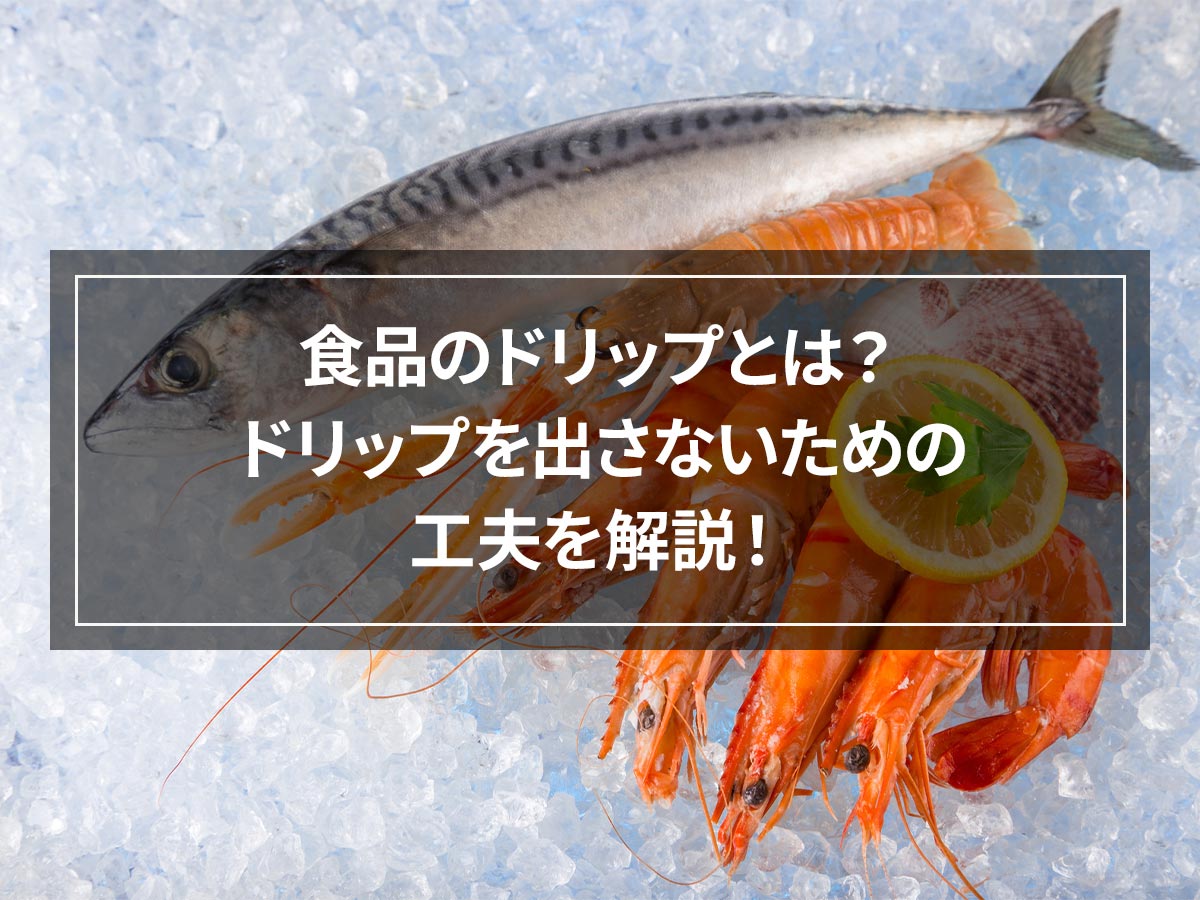
![[Deliver delicious ham! ] Meat processing manufacturer’s rapid freezing implementation example](https://shunkashutou.com/wp-content/uploads/2024/09/0825c4a97ac8495fd2408a91574cede6.webp)

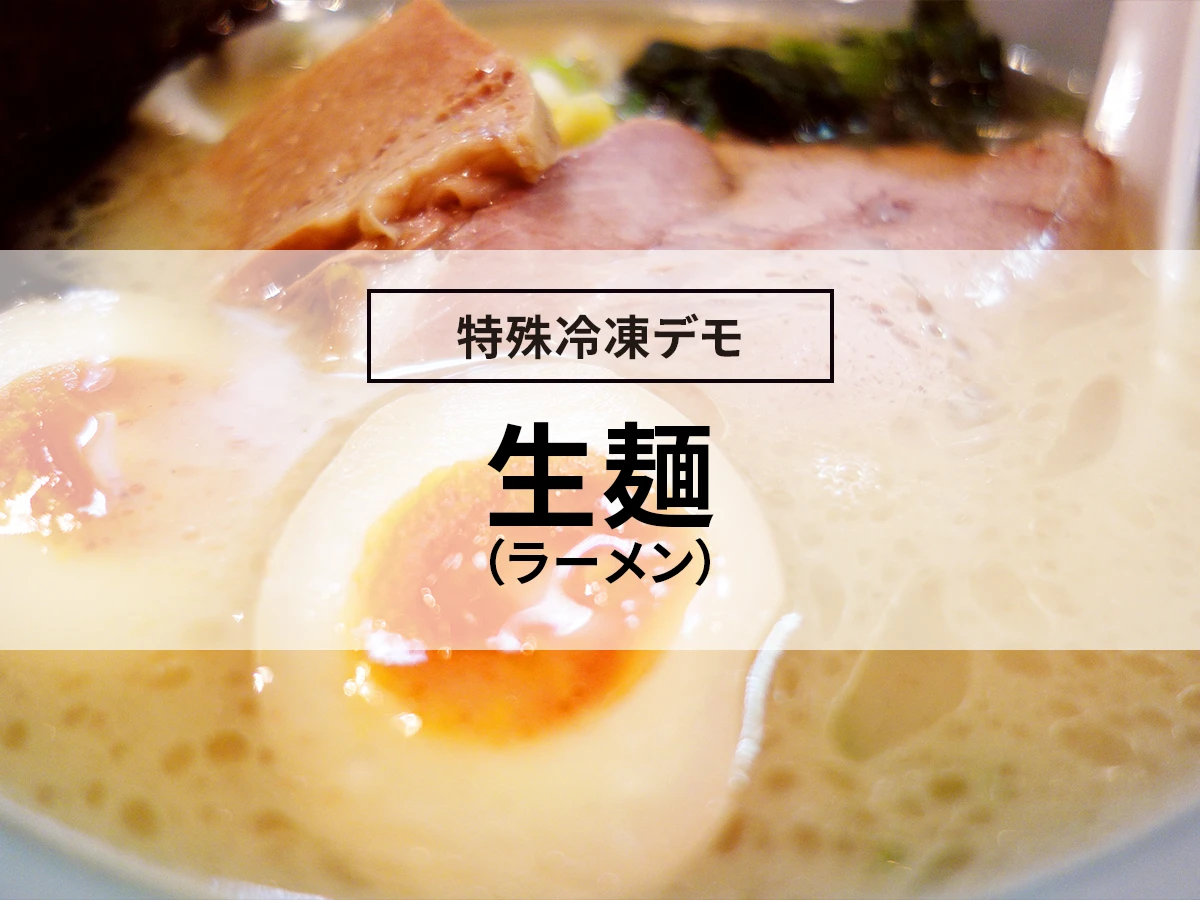
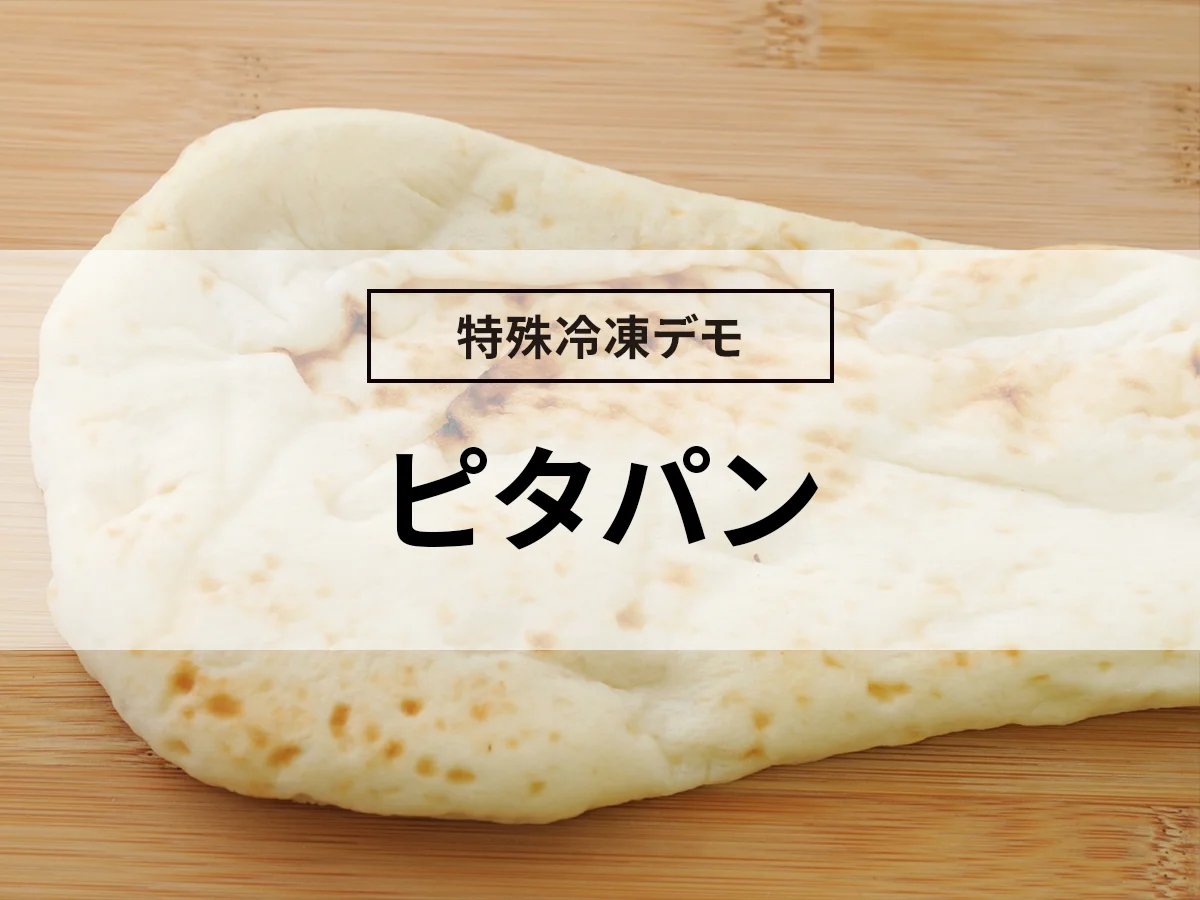
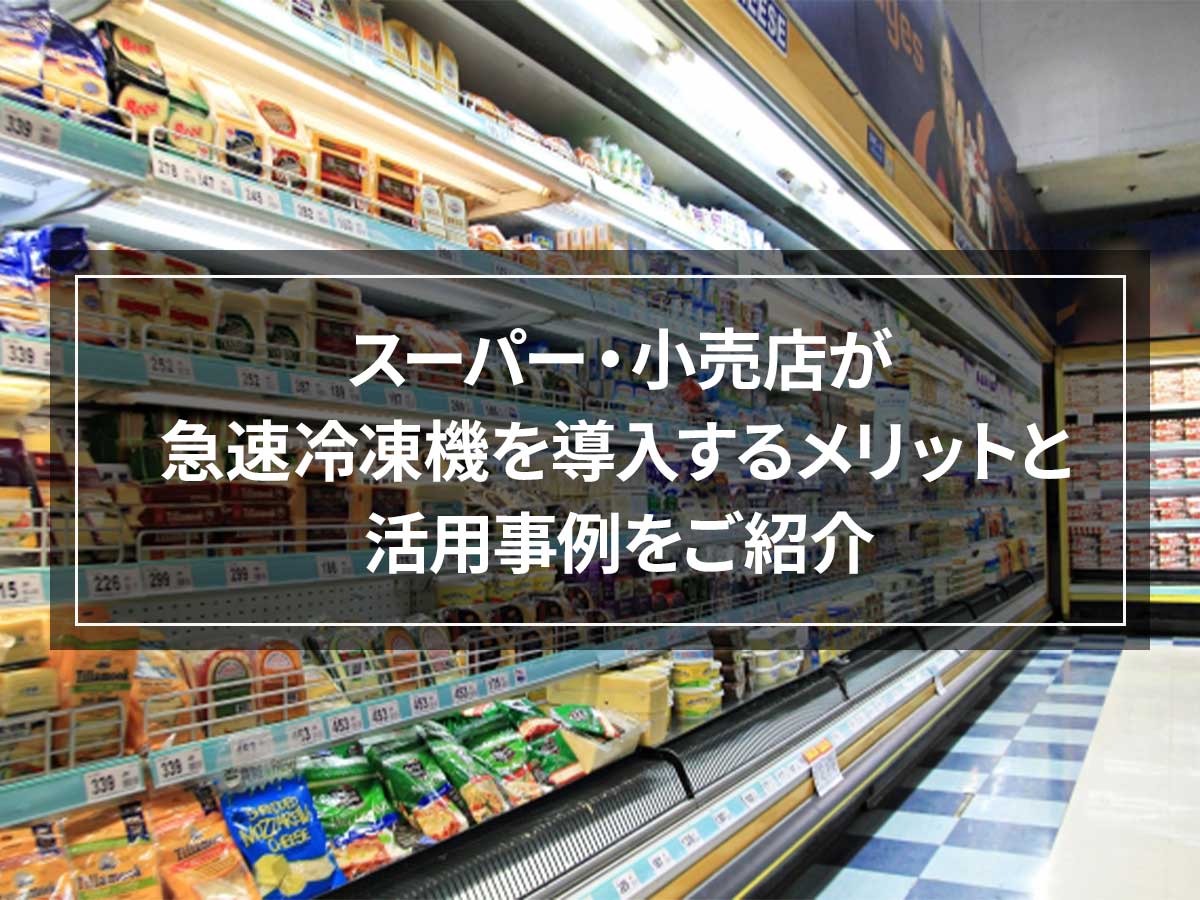
![How to freeze tomatoes, storage period, and 5 recipes! [Explanation with photos! ]](https://shunkashutou.com/wp-content/uploads/2023/10/tomato-768x513-1.jpg)
![How to freeze apples and what is their nutritional value? Perfect for baby food! [Explanation with photos! ]](https://shunkashutou.com/wp-content/uploads/2023/10/cf0380a4b371d2f43e0f0ed99c7344a2.jpg)
![[Fruit becomes dessert! ] How to freeze kiwi and sweets recipes](https://shunkashutou.com/wp-content/uploads/2023/09/ecc0fc2bc14391ea13ce2e7a43d1416e.jpg)
![[Tips for making egg rolls that can be frozen] Introducing freezing methods, storage periods, and recipes!](https://shunkashutou.com/wp-content/uploads/2023/10/tamagoyaki-768x512-1.jpg)
![[How to use leftover sashimi! ] Introducing frozen preservation methods and arrangement recipes](https://shunkashutou.com/wp-content/uploads/2023/10/7451dbe2231dbc559fe002350b8add67.jpg)
![[Explanation with photos] How to freeze salmon fillets, storage period, and 5 recipes](https://shunkashutou.com/wp-content/uploads/2023/10/fb96564ba06a8cc88a72f0c971ad54e5.jpg)
![[Can it be frozen? ] How to freeze mashed potatoes, how long they can be stored, and how to use them](https://shunkashutou.com/wp-content/uploads/2023/09/b7f3f25102051473b7c2f9452840a6f4.jpg)
![How to freeze mizuna and 5 recipes! [Explanation with photos! ]](https://shunkashutou.com/wp-content/uploads/2023/09/b22c59559b7316b40d35d2555434791e.jpg)
![[With photos] Lemon freezing and storage period, recipes for how to use frozen lemons](https://shunkashutou.com/wp-content/uploads/2023/09/21a01b705aff194717e200bf6dc6ce5b.jpg)
![[Save onions in the freezer! ] Introducing storage methods and recipes with photos](https://shunkashutou.com/wp-content/uploads/2023/10/9d2c1259f1c42d7a0e3b61af361e5da8.jpg)
![[Used in various fields] Points to note when purchasing liquid nitrogen](https://shunkashutou.com/wp-content/uploads/2024/08/864ed88d3bcf695fd1a9af88d772606c.webp)
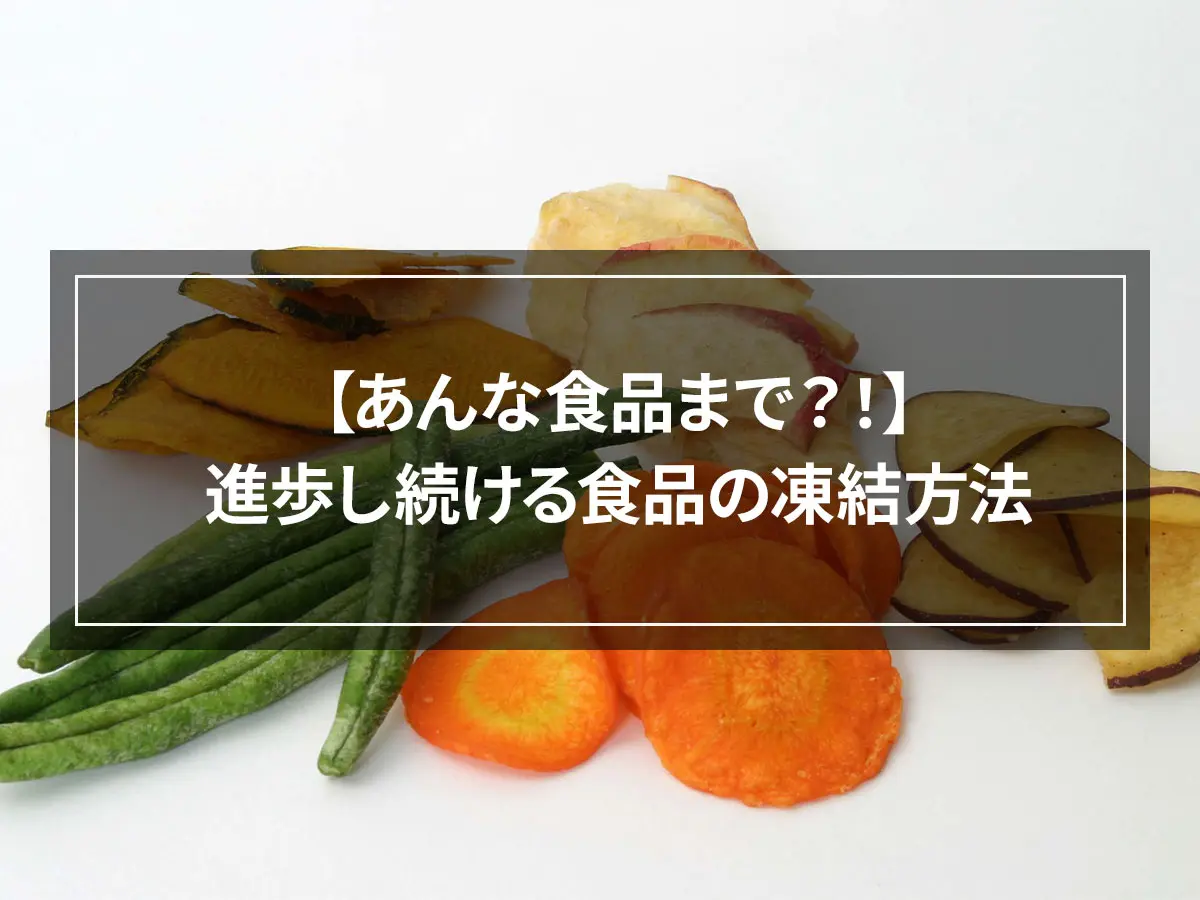
![[Delicious food] Solving nursing home management issues with freezing and cooling technology](https://shunkashutou.com/wp-content/uploads/2024/08/7cabe275da8be8736f4496b952bde332.webp)

![[Increase sales! ] Three reasons why ramen restaurants should install rapid freezer](https://shunkashutou.com/wp-content/uploads/2024/08/deb66347f085932482279d9069d398c8.webp)

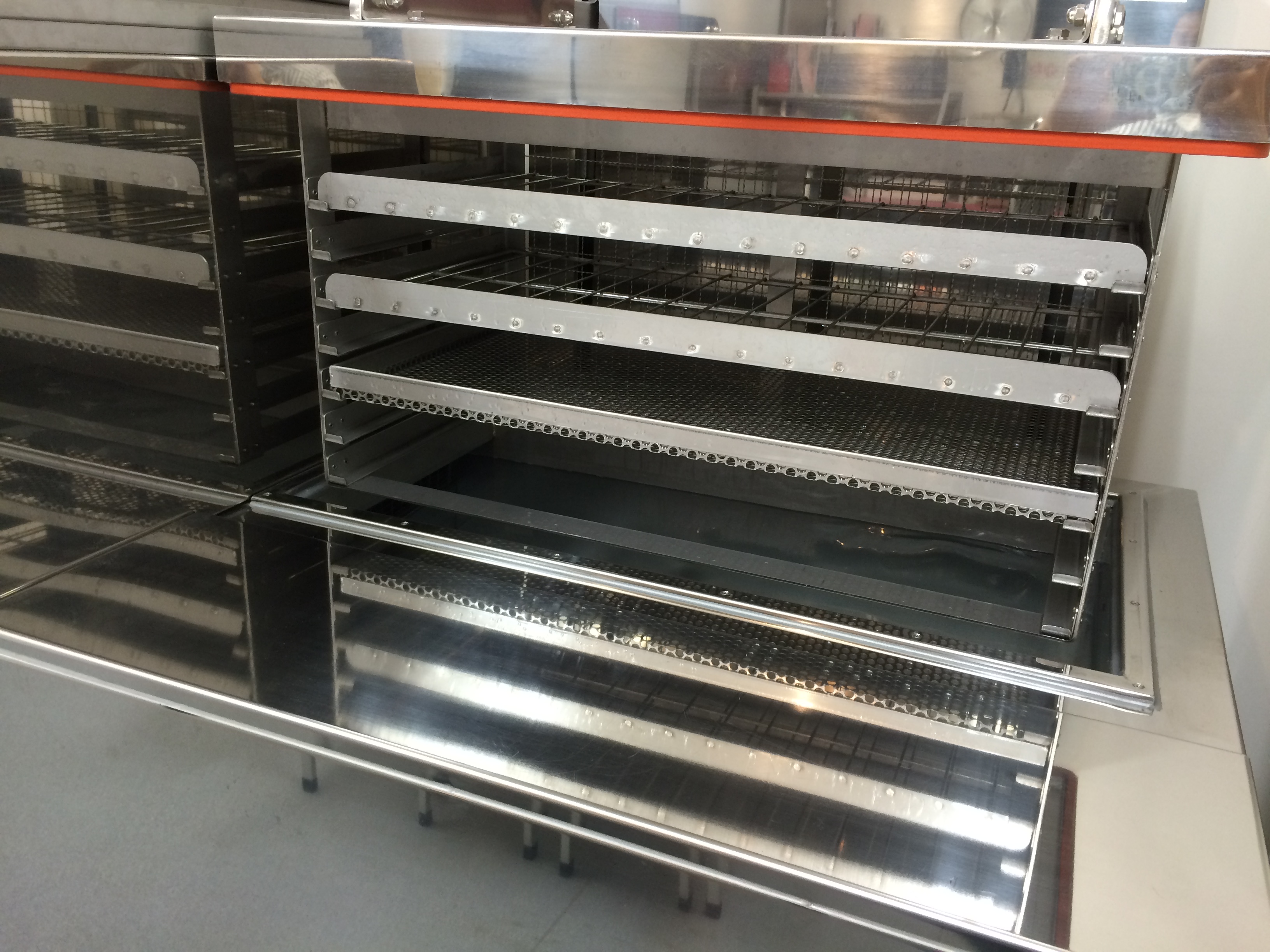

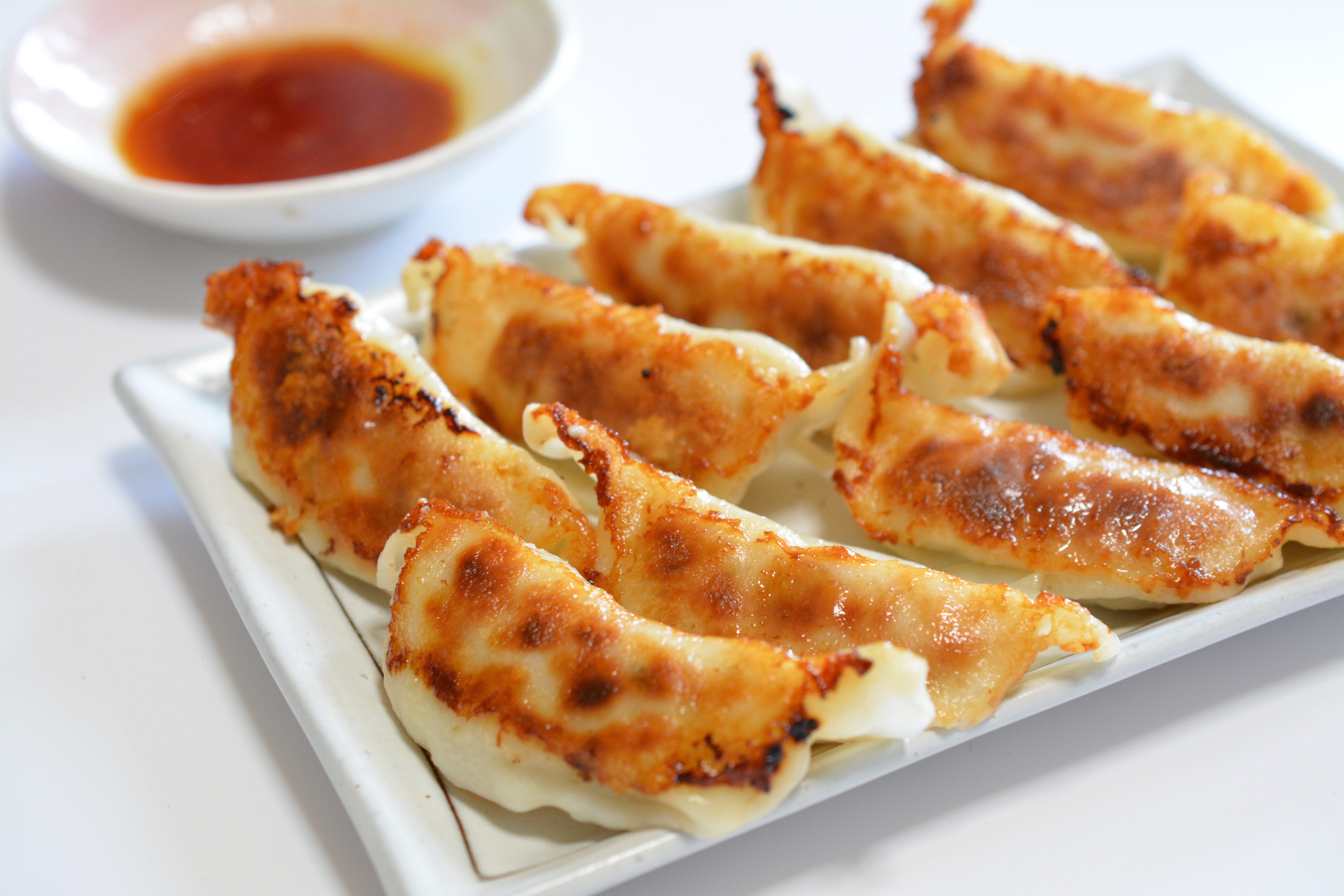
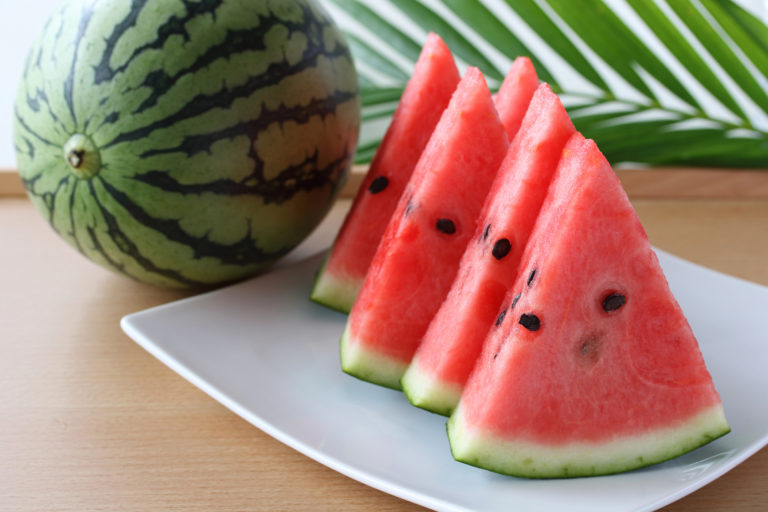
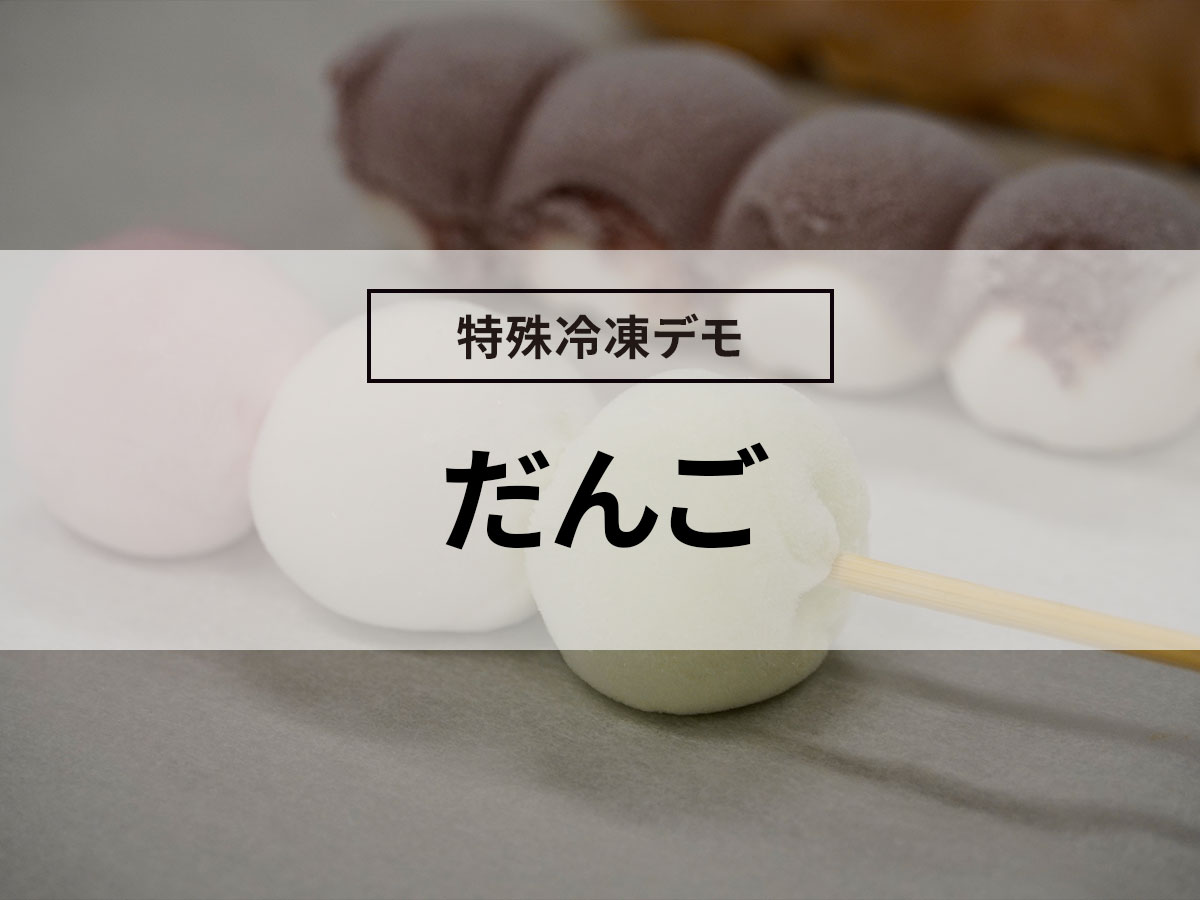
![Explaining how to freeze garland chrysanthemums with photos! [Defrosting and storage period, 5 recipes]](https://shunkashutou.com/wp-content/uploads/2023/10/syungiku-catch-768x512-1.jpg)


